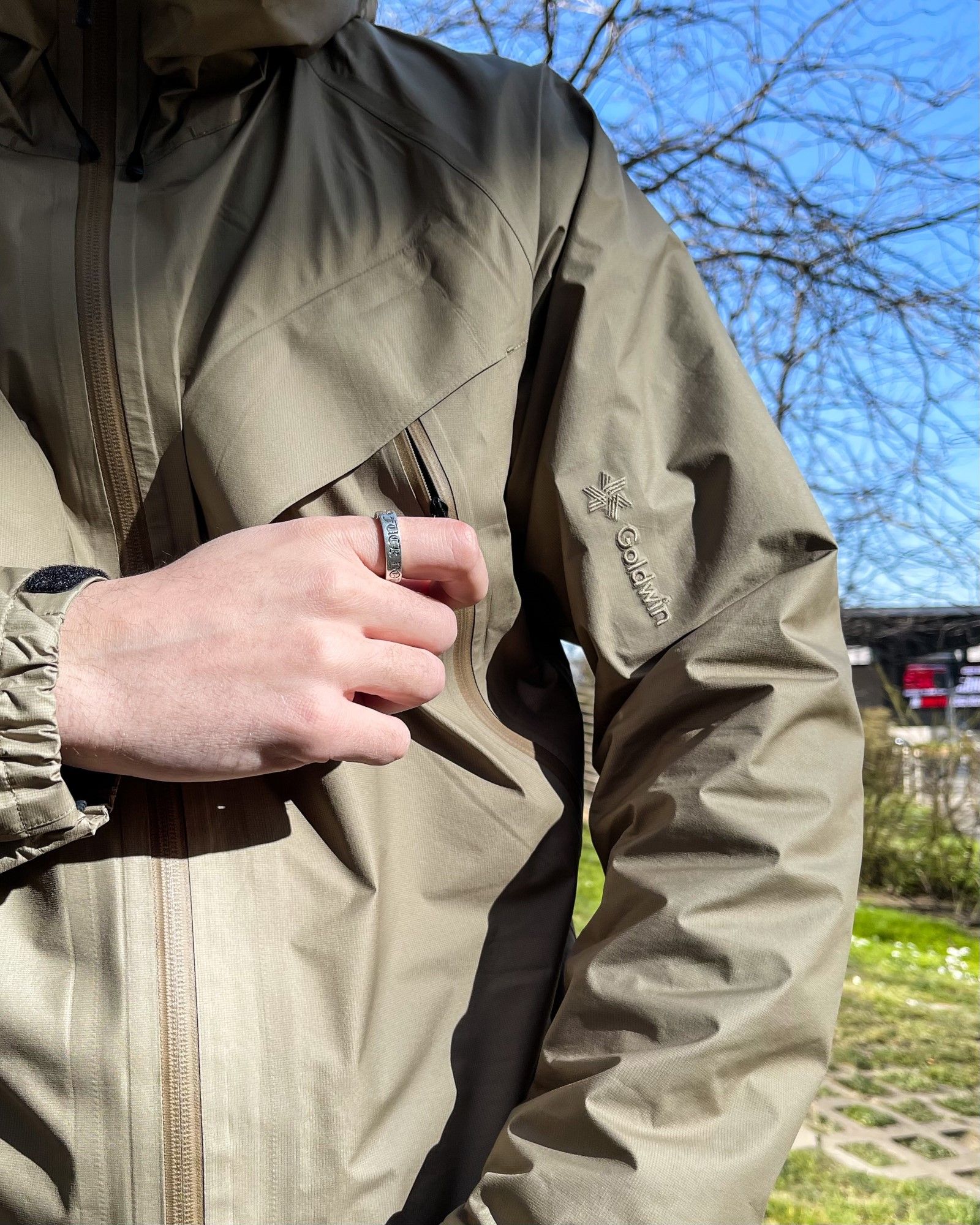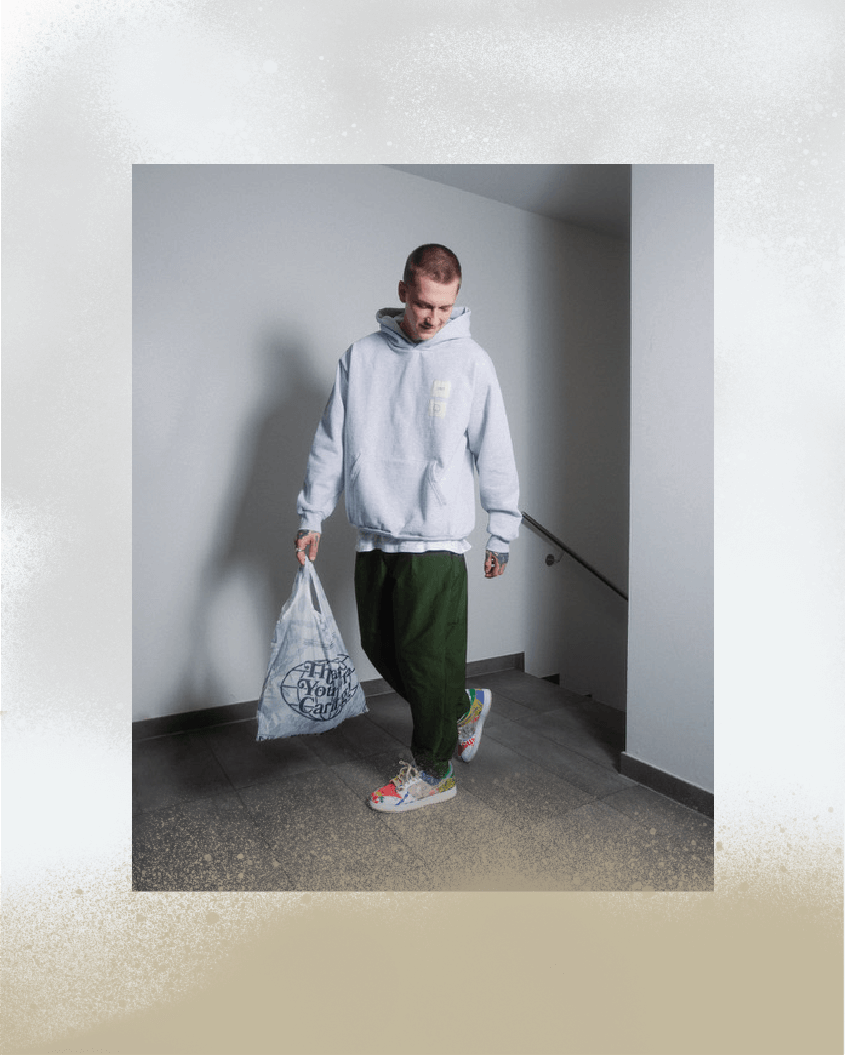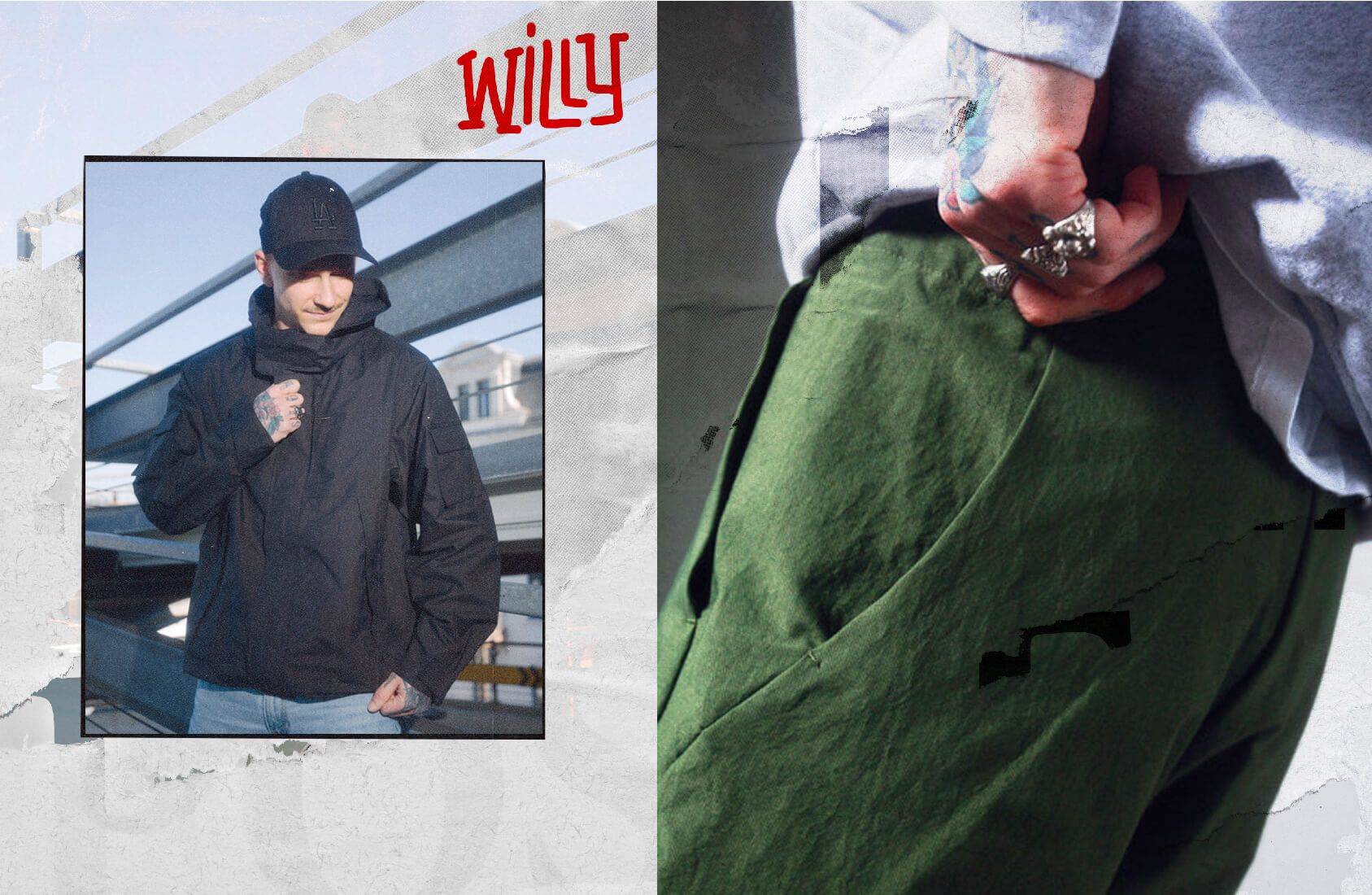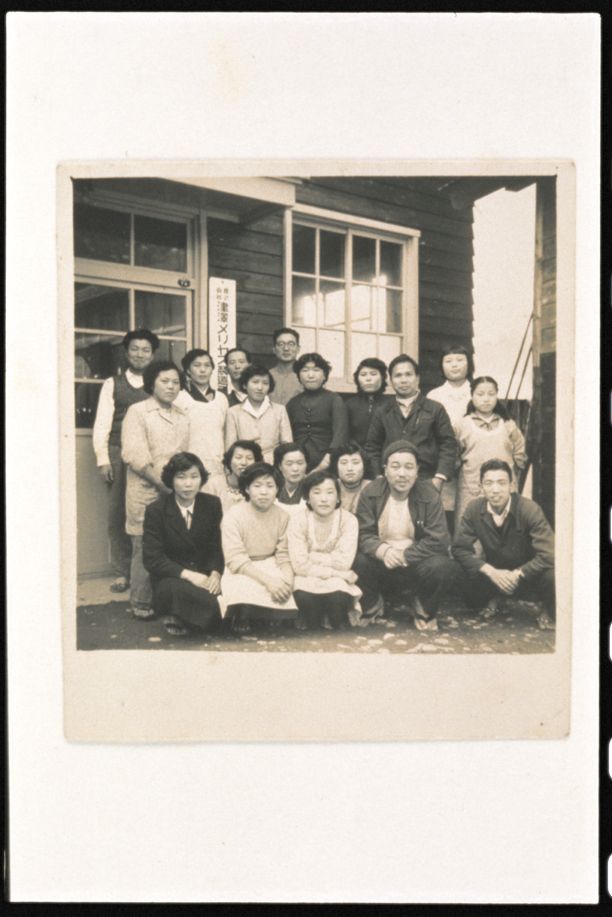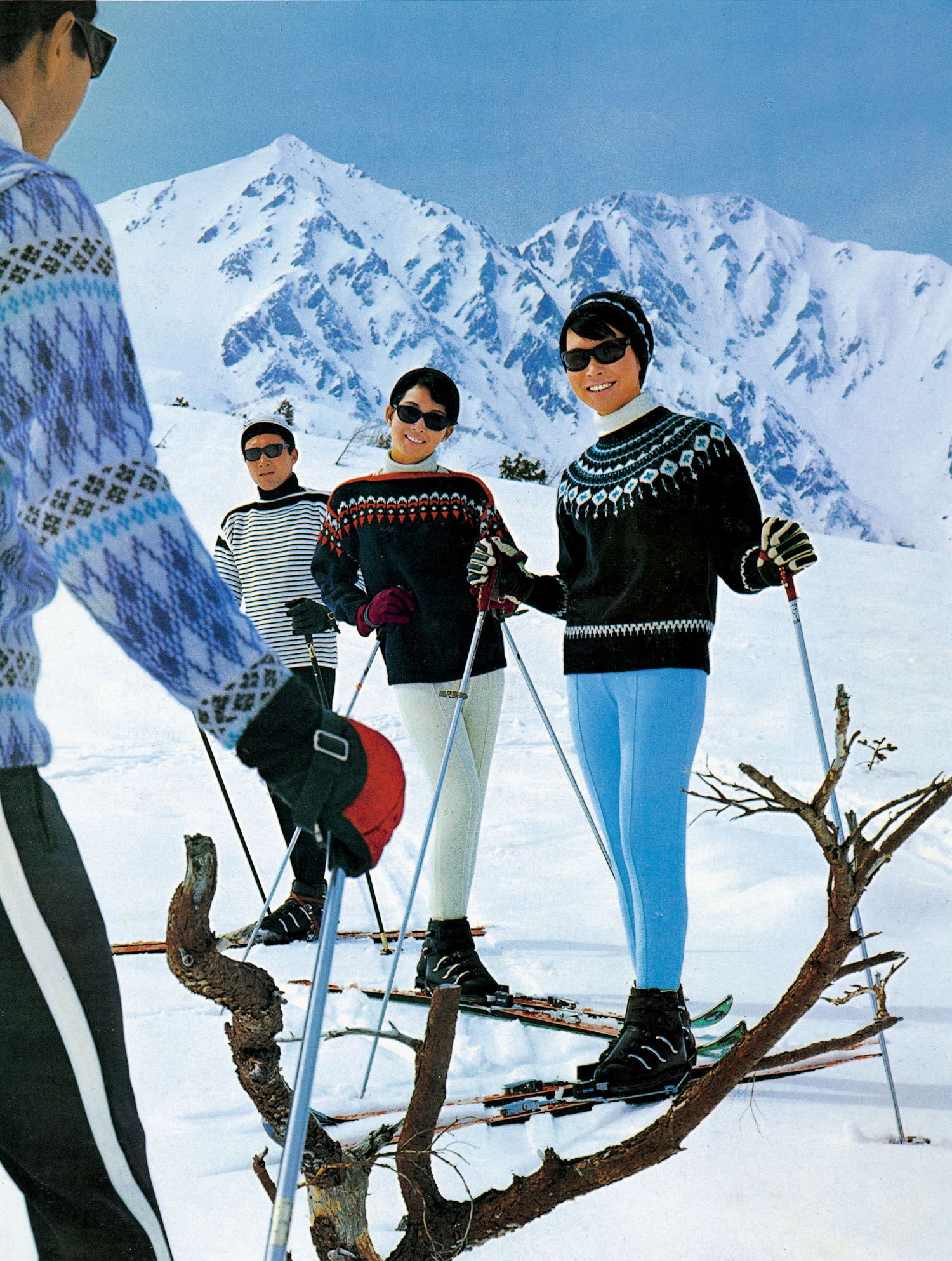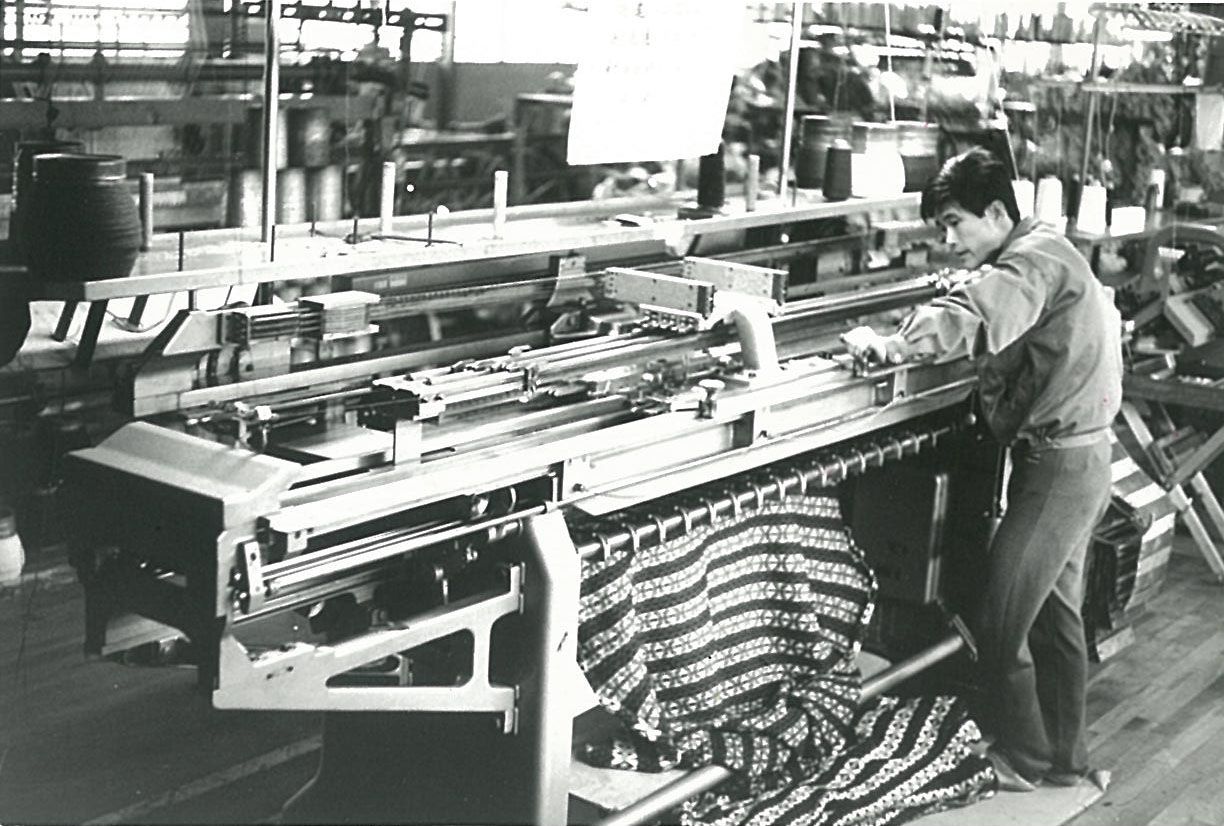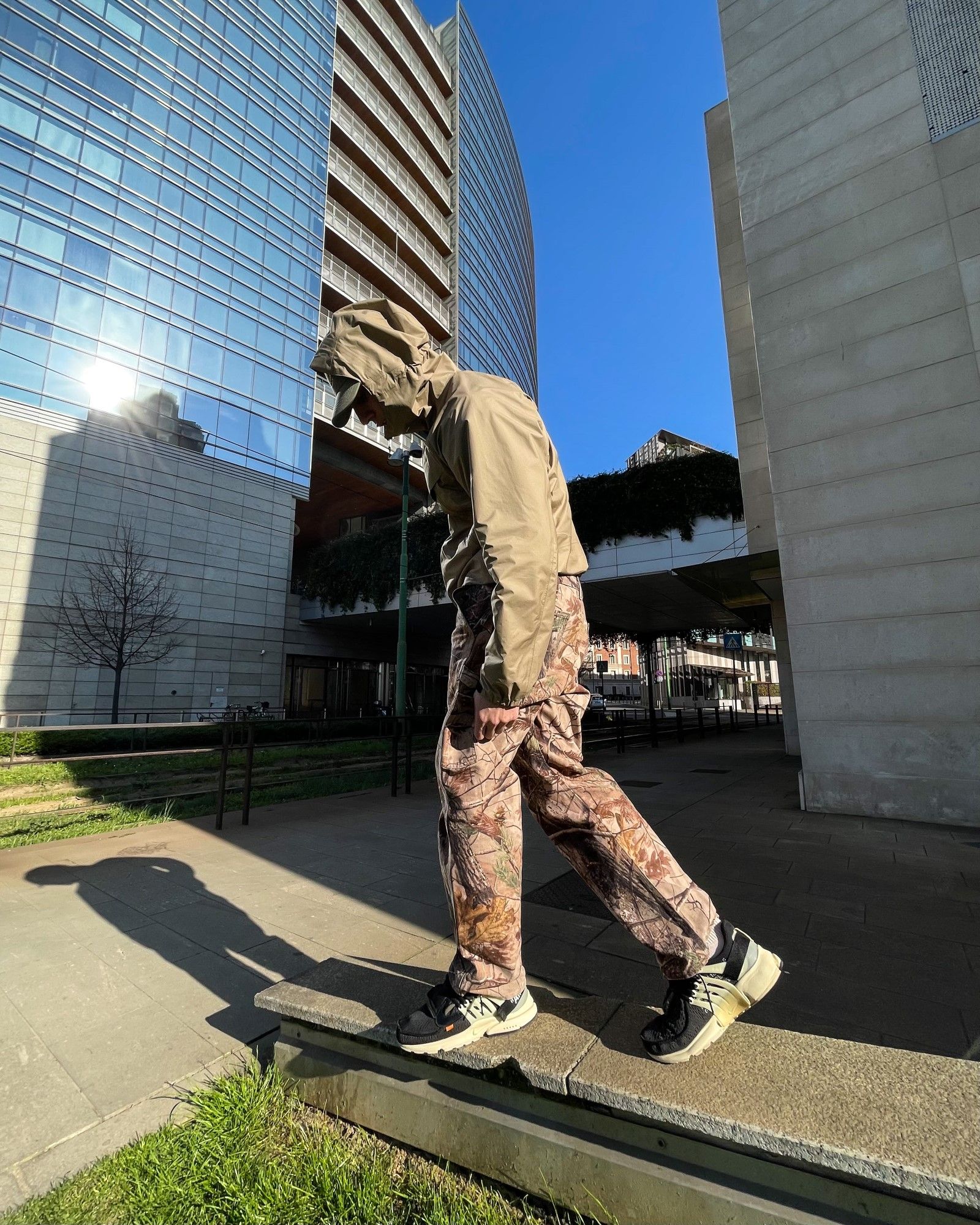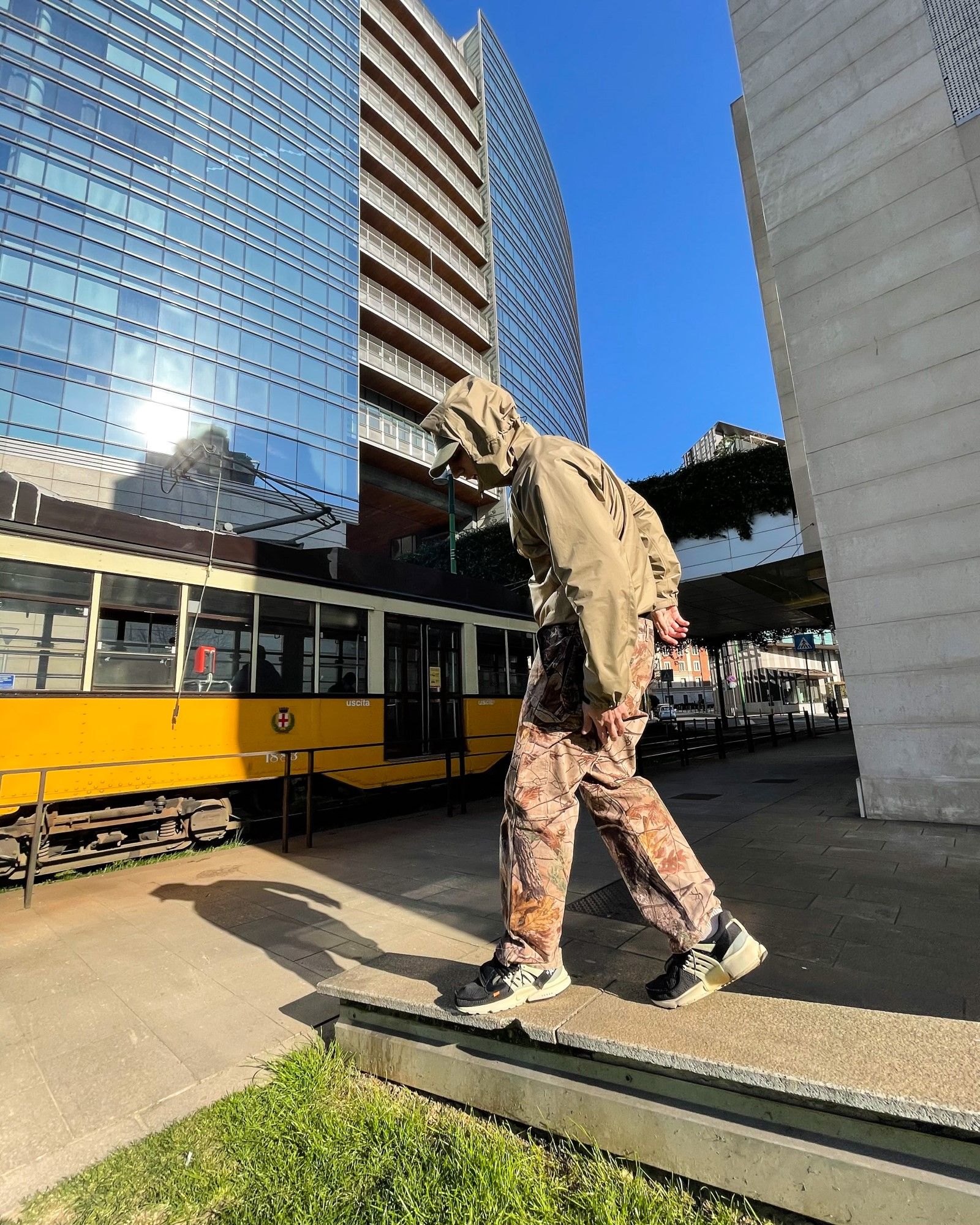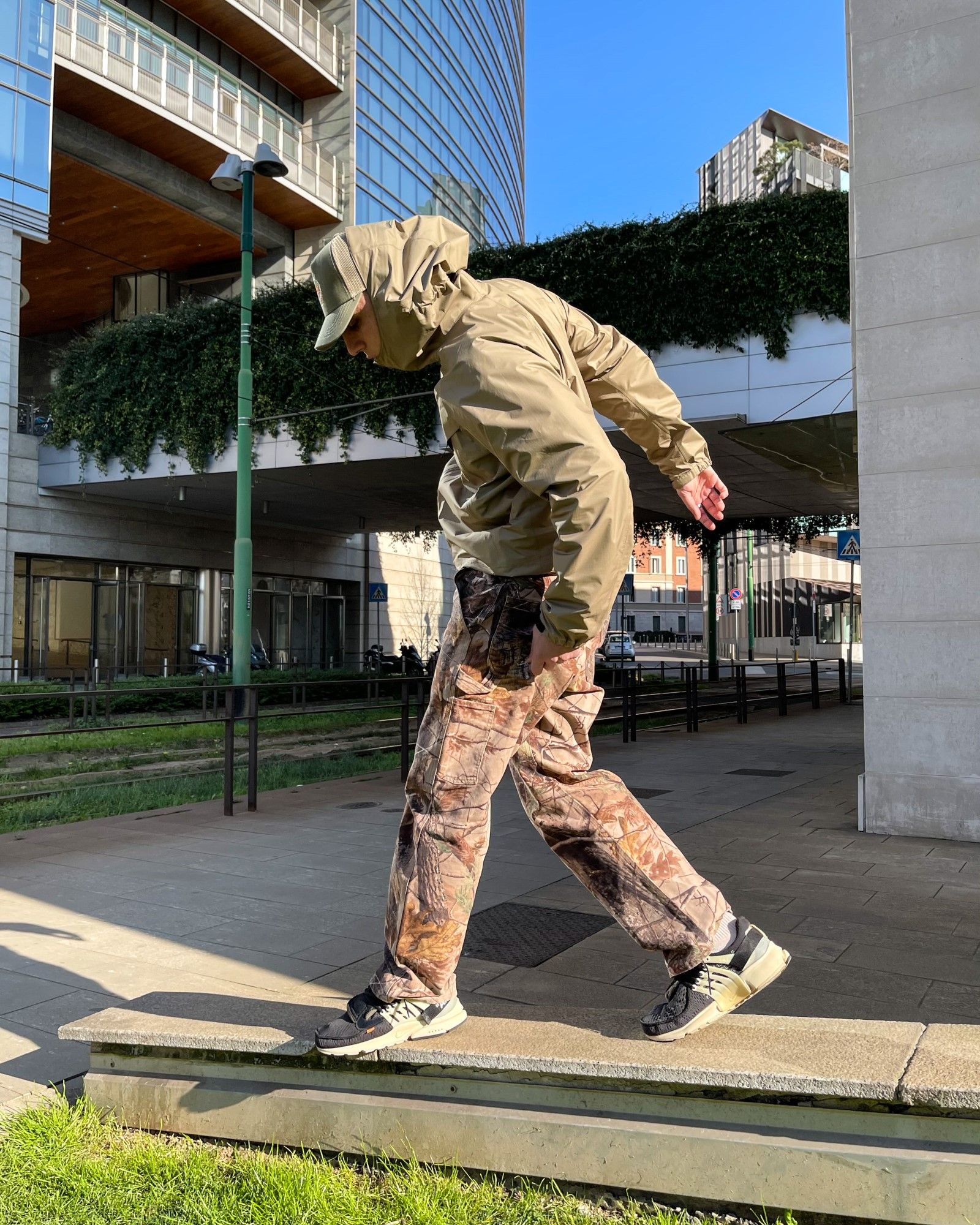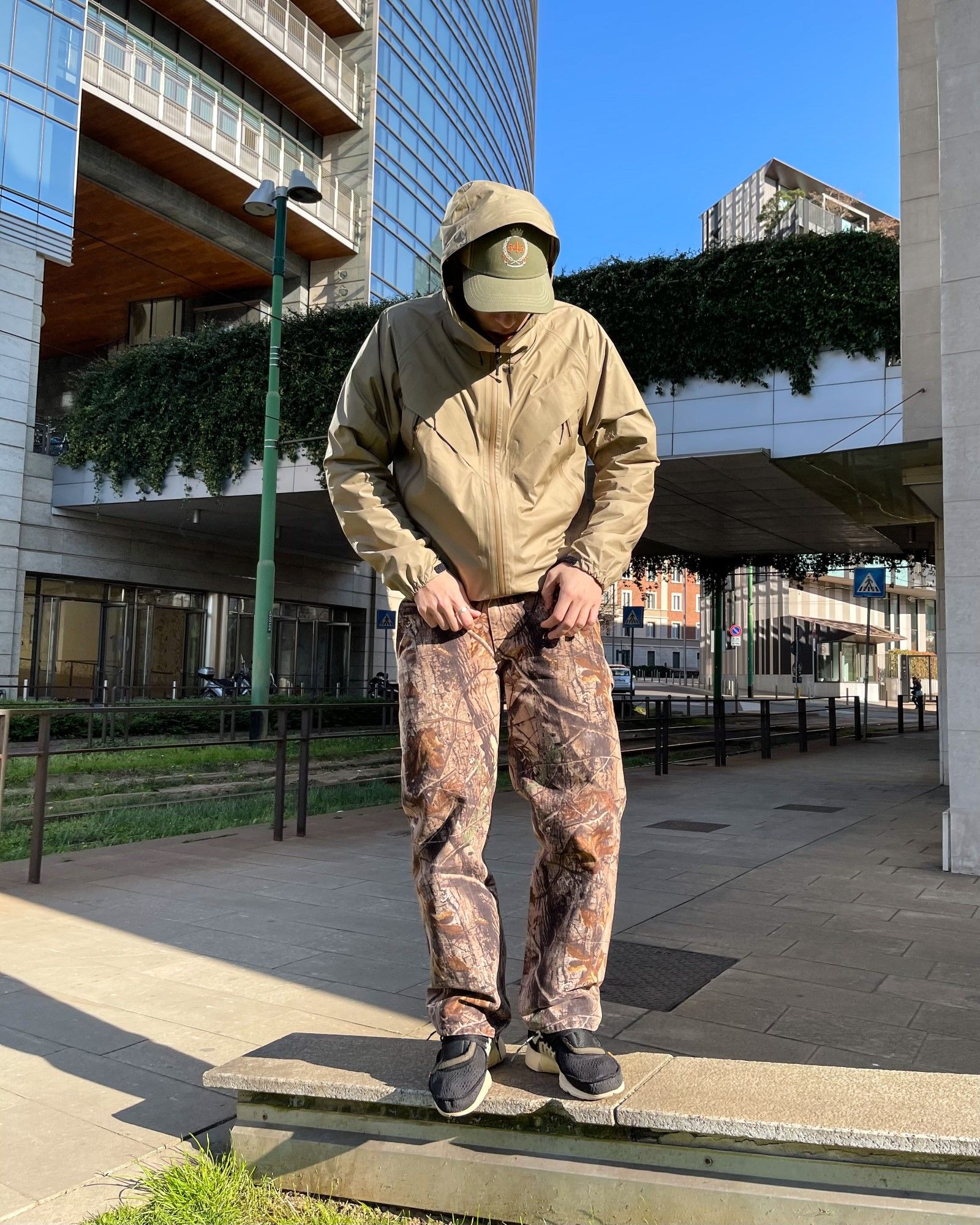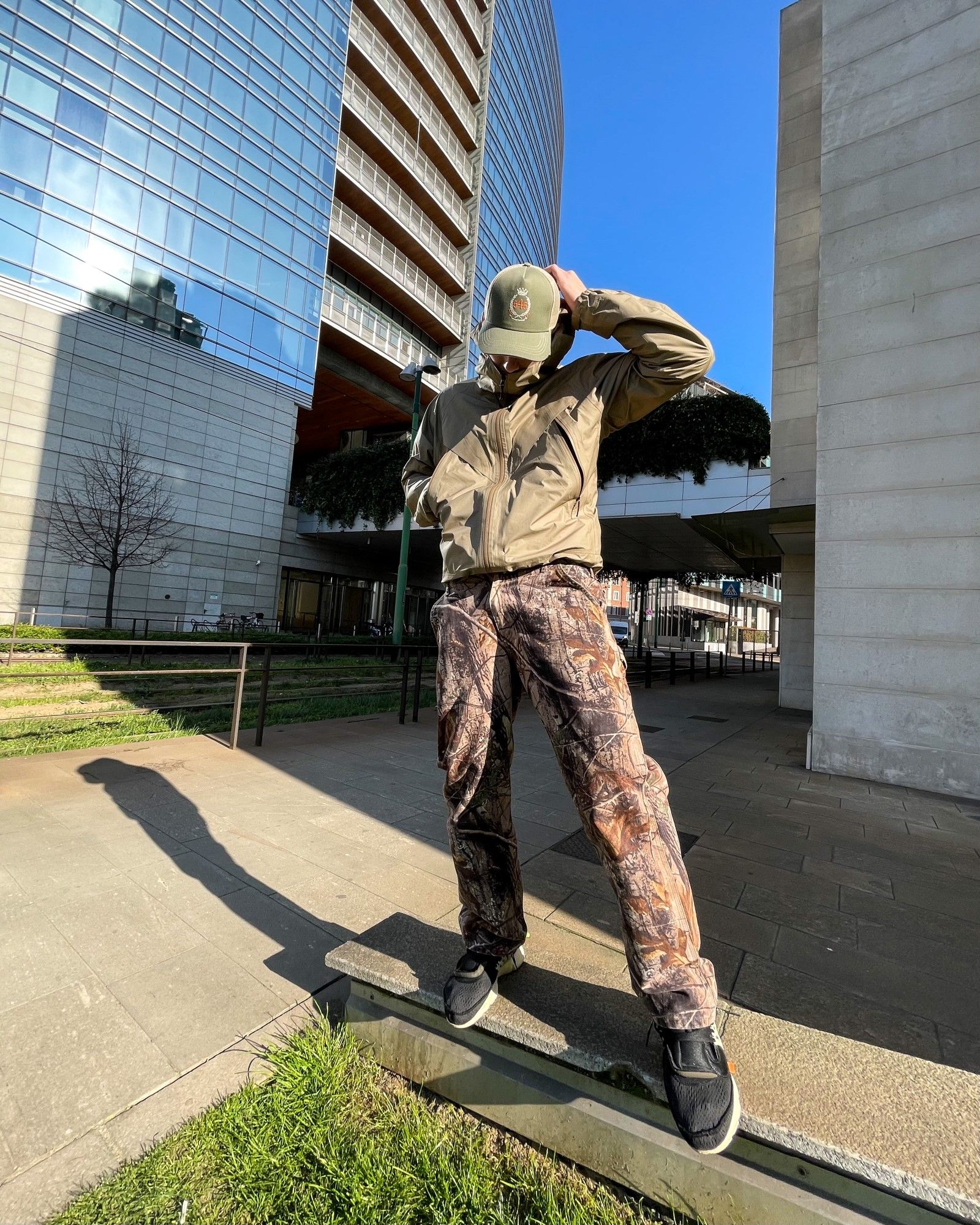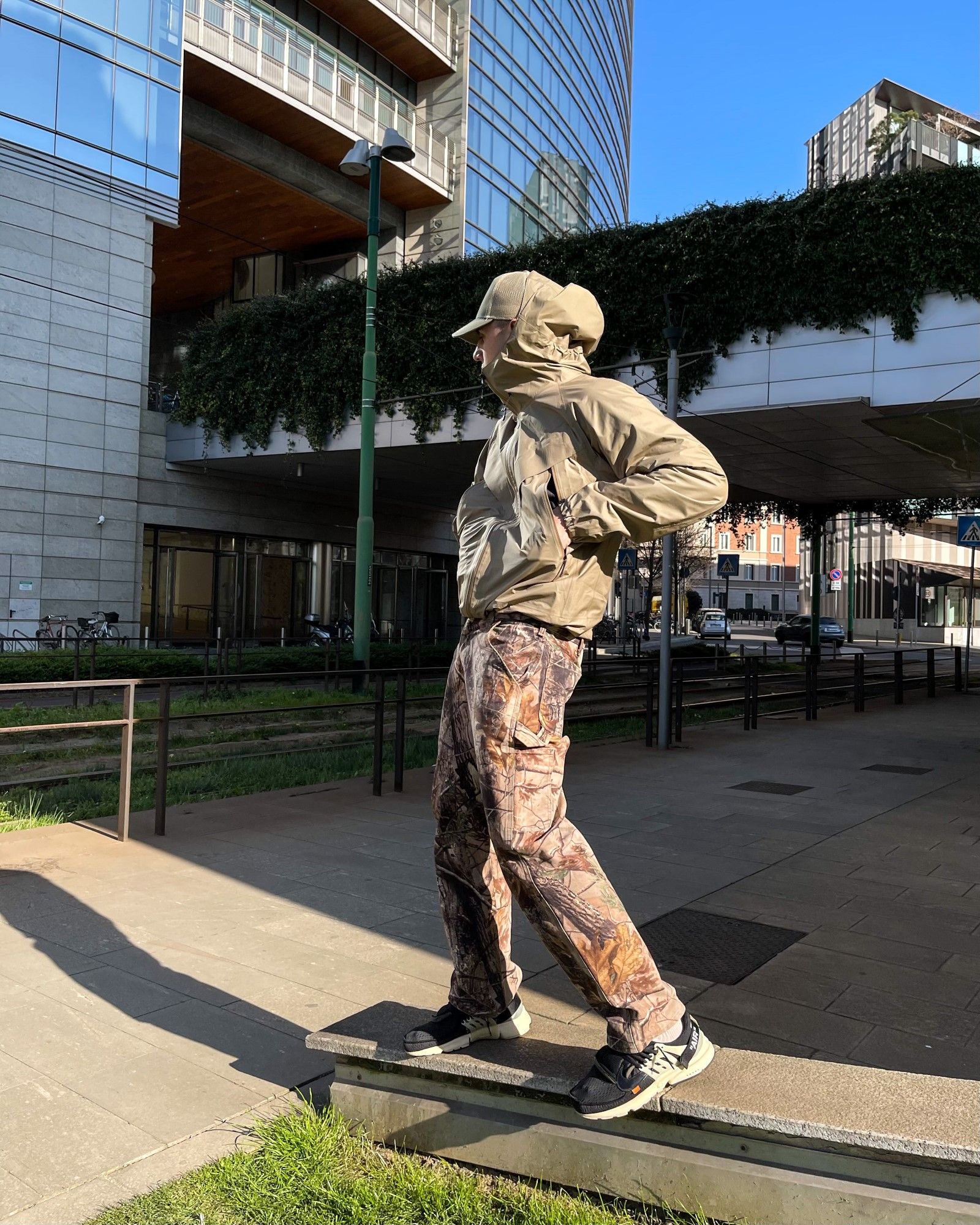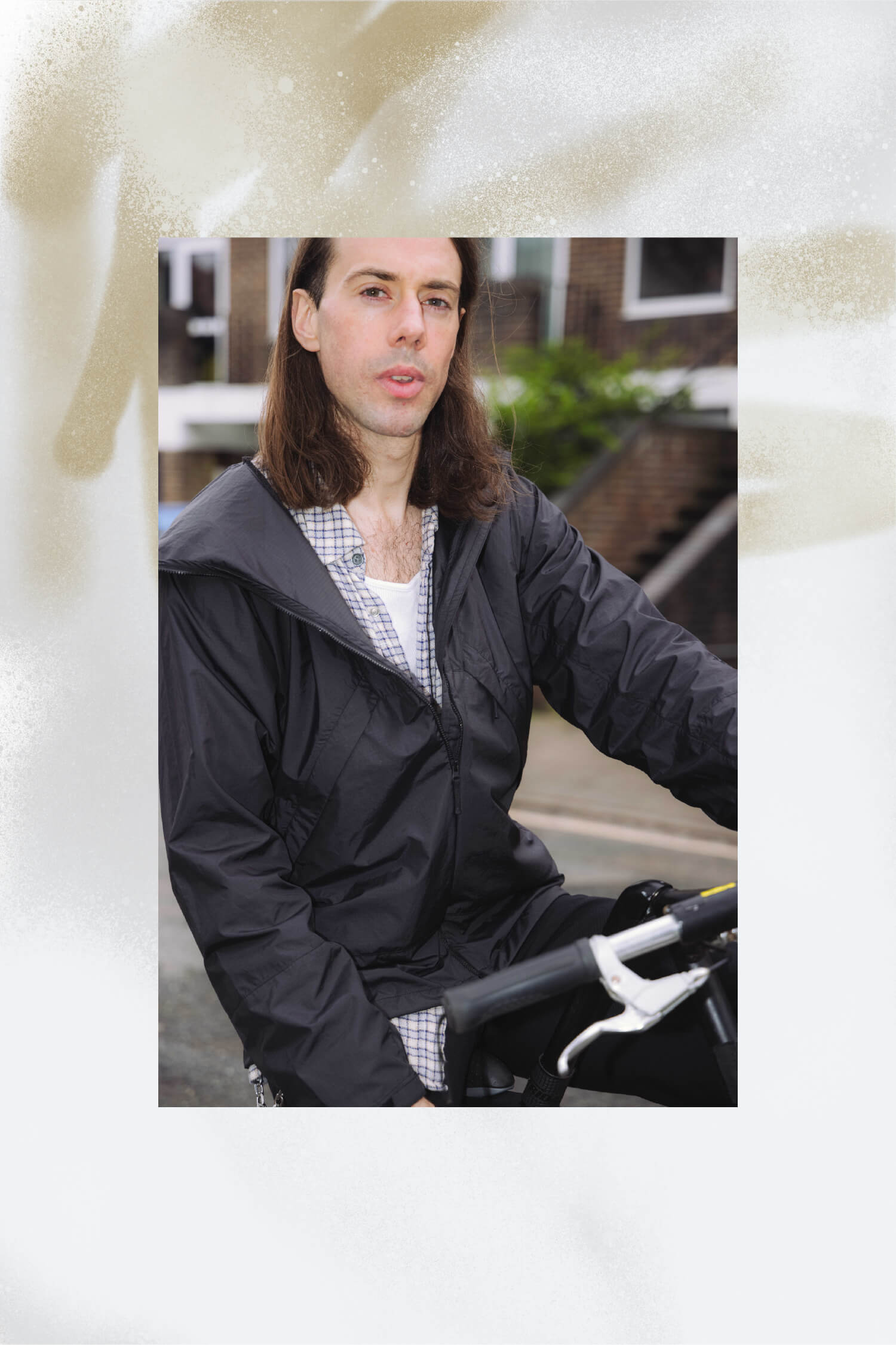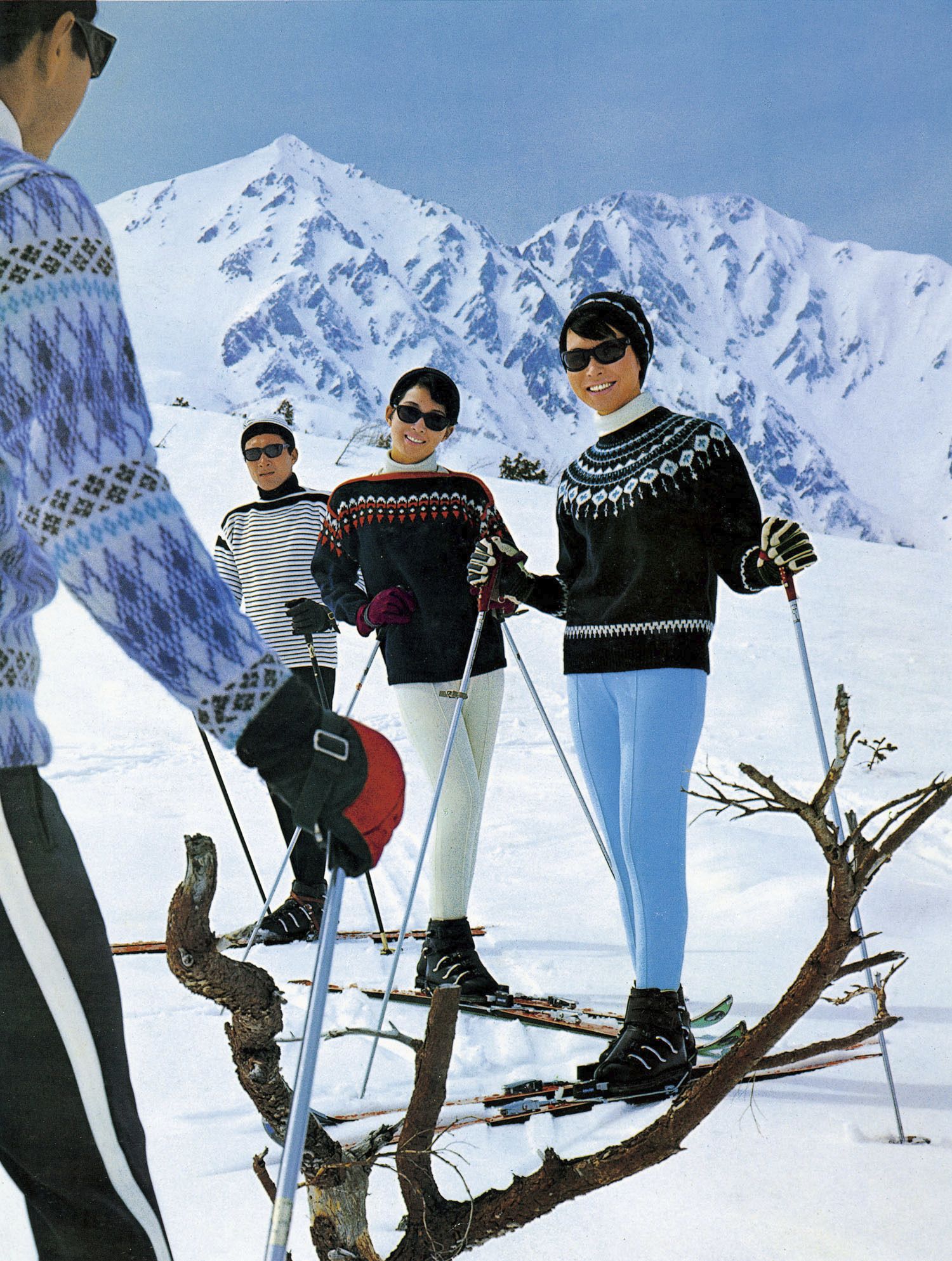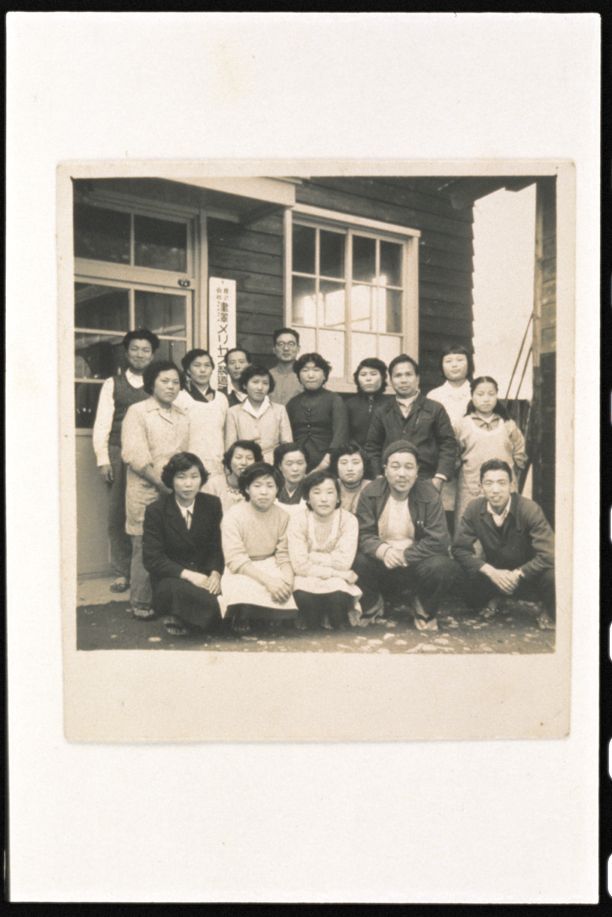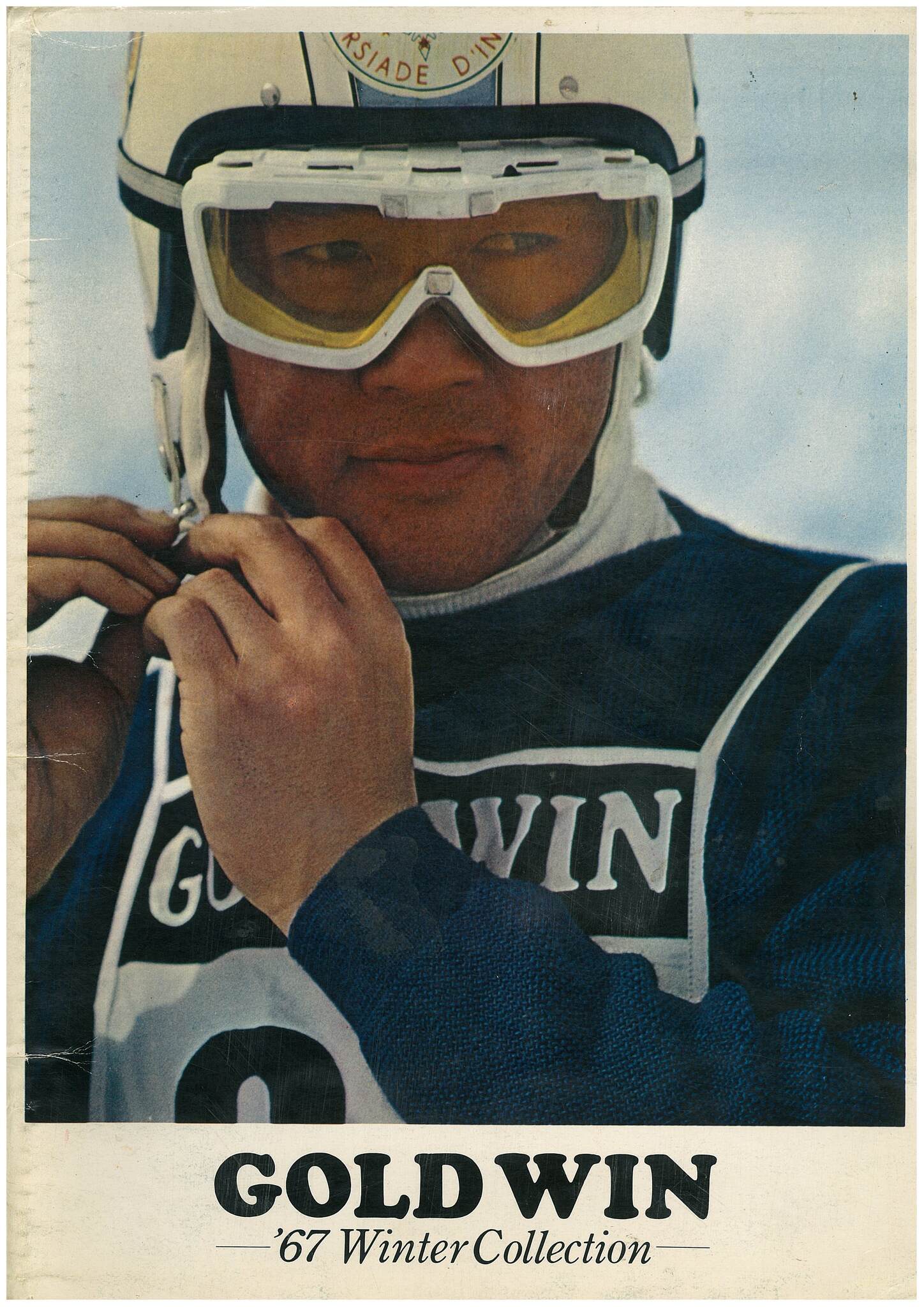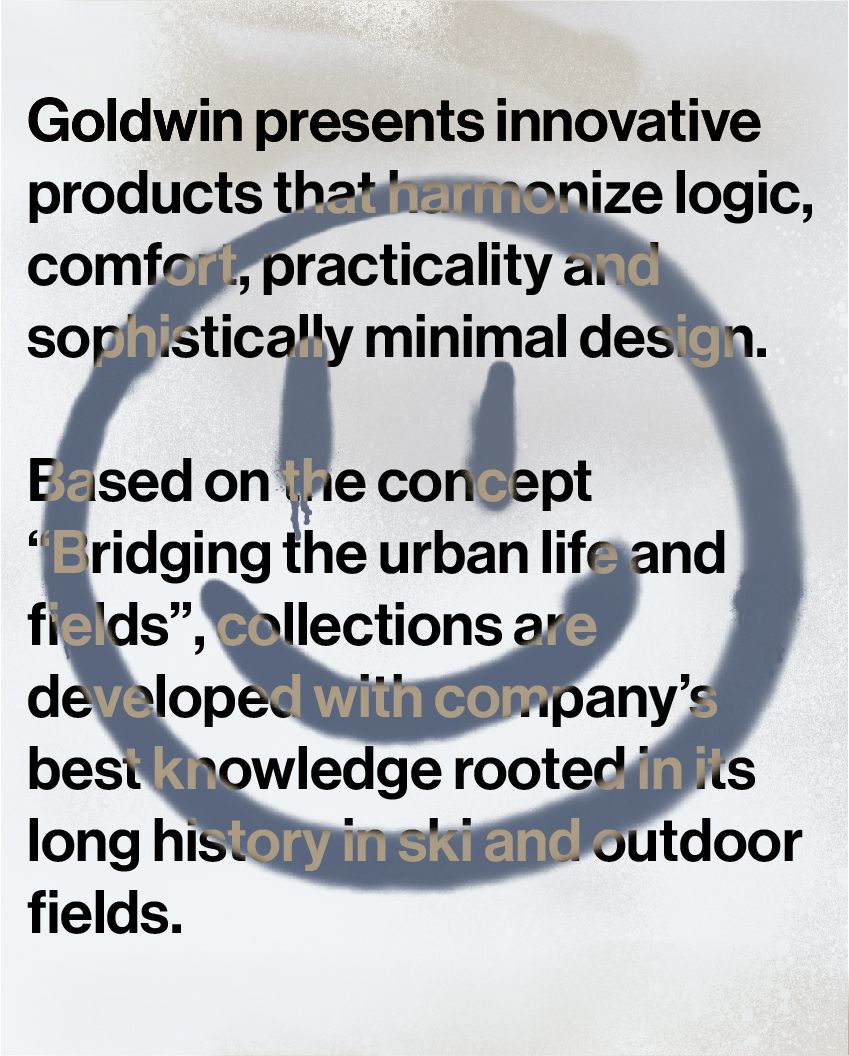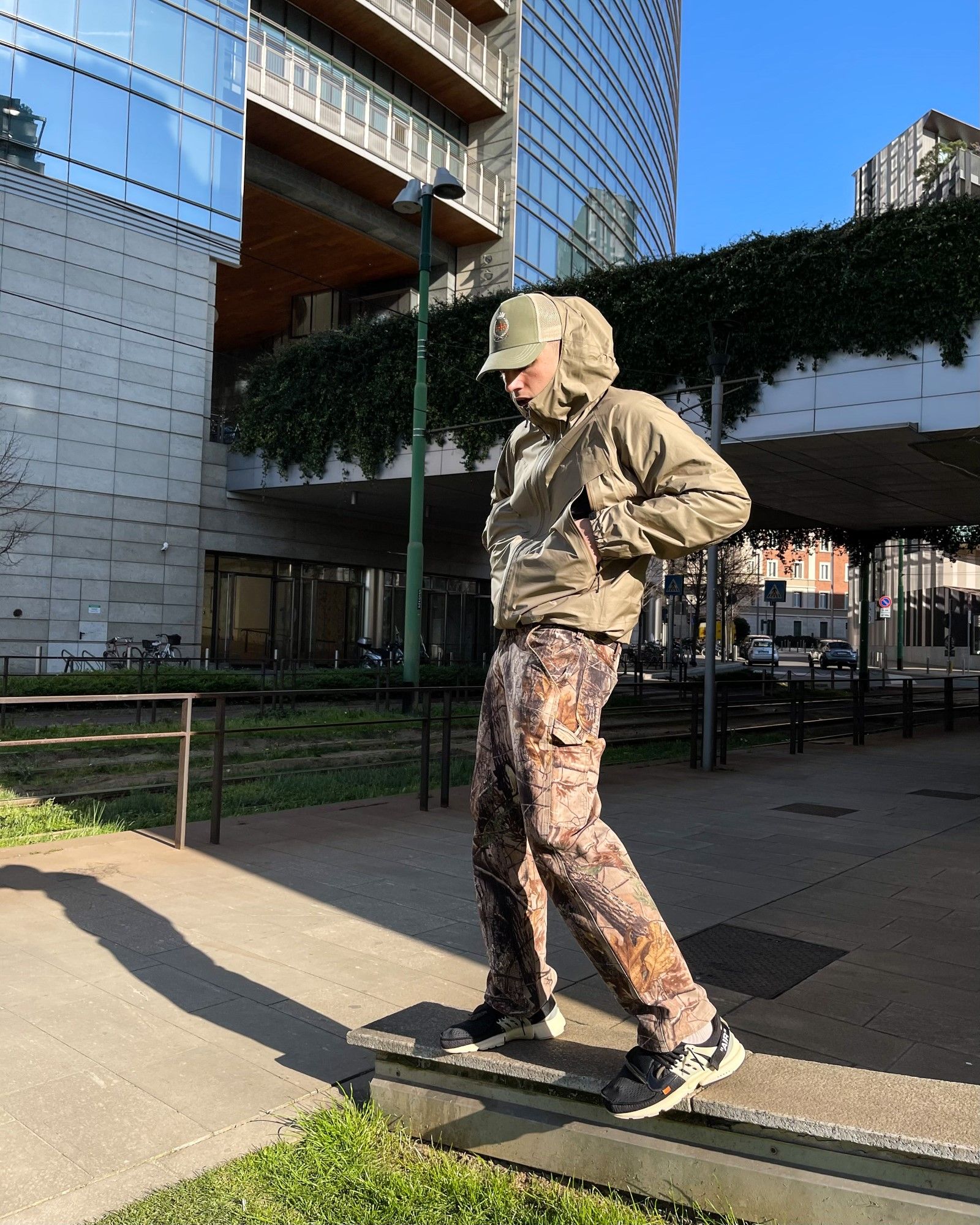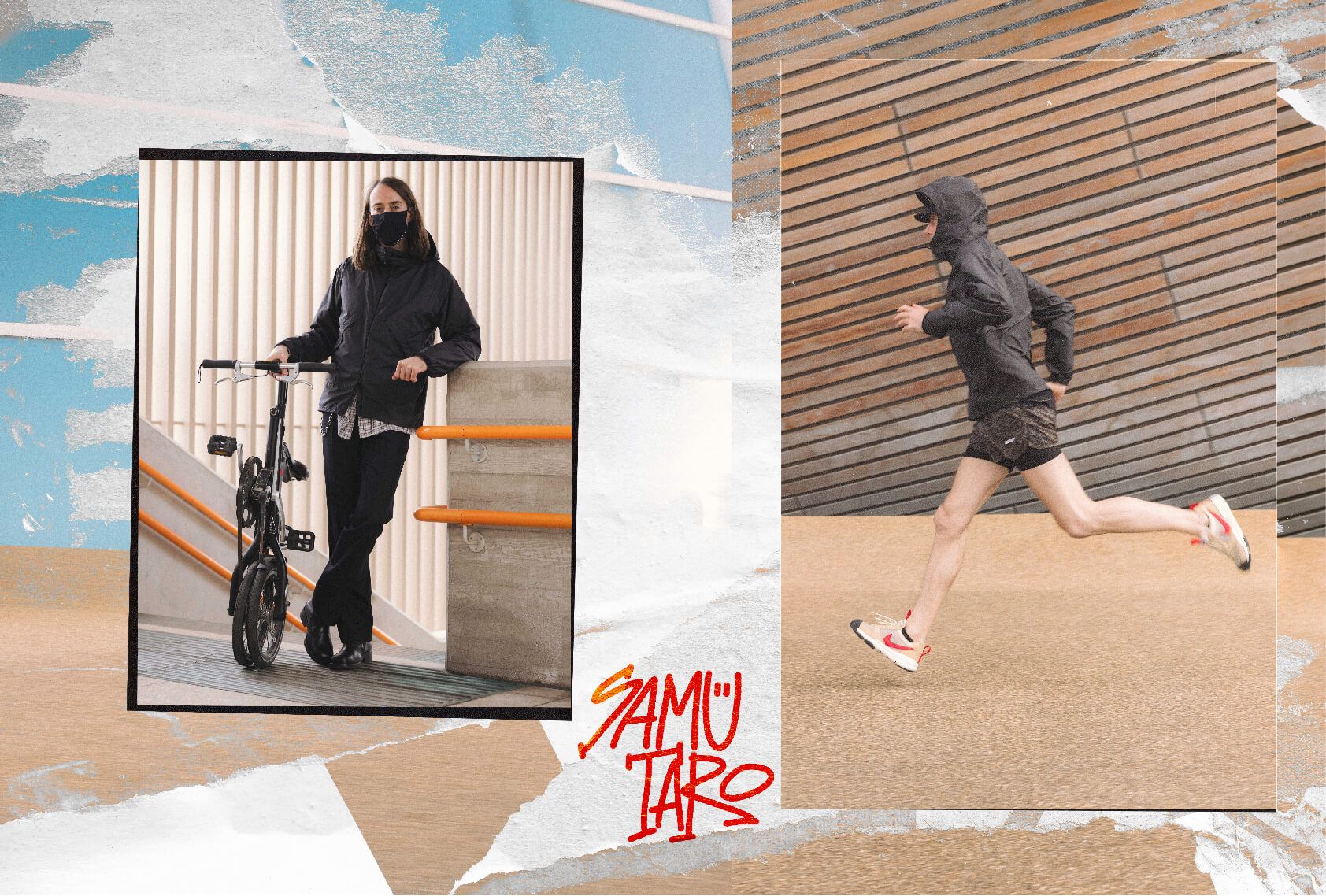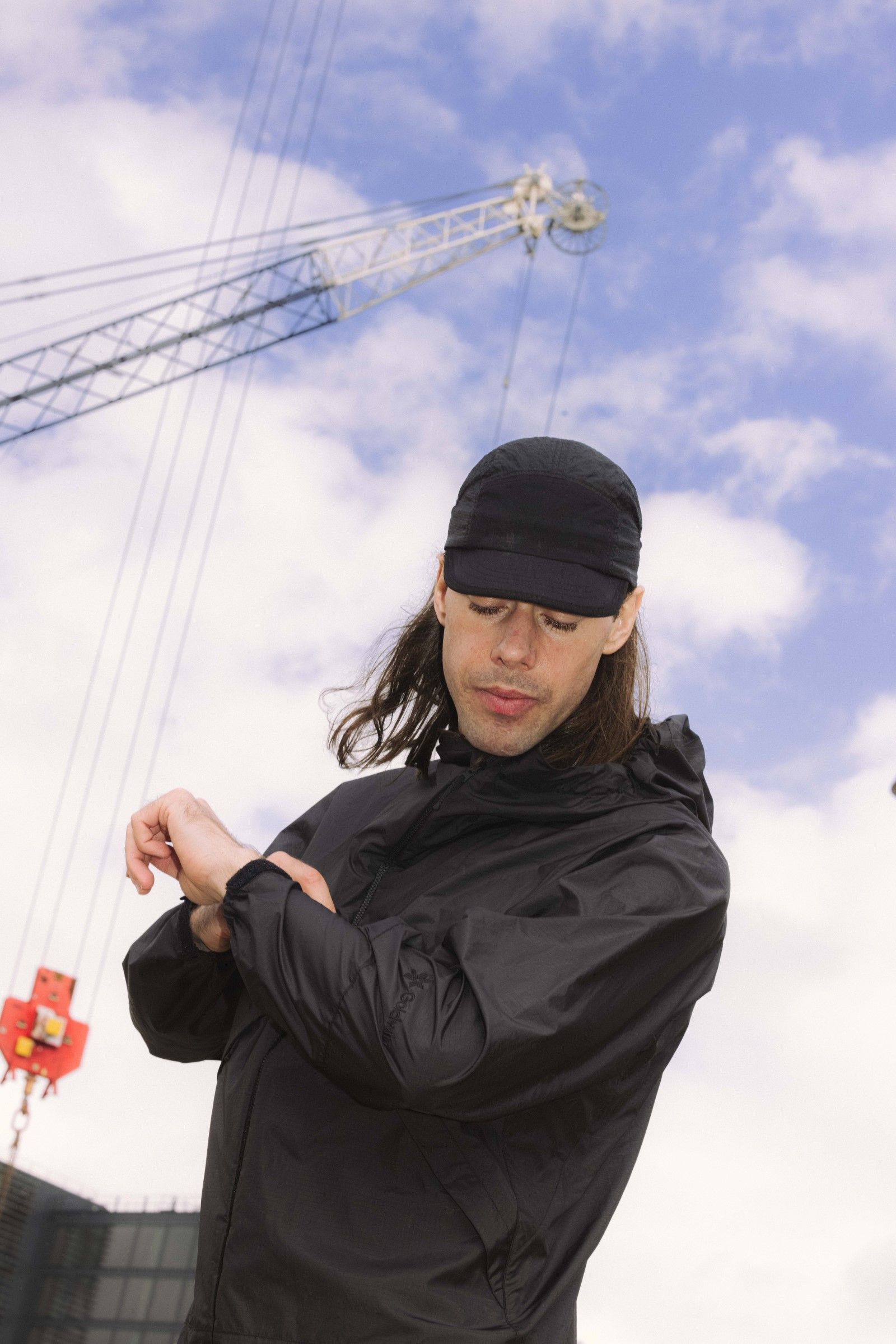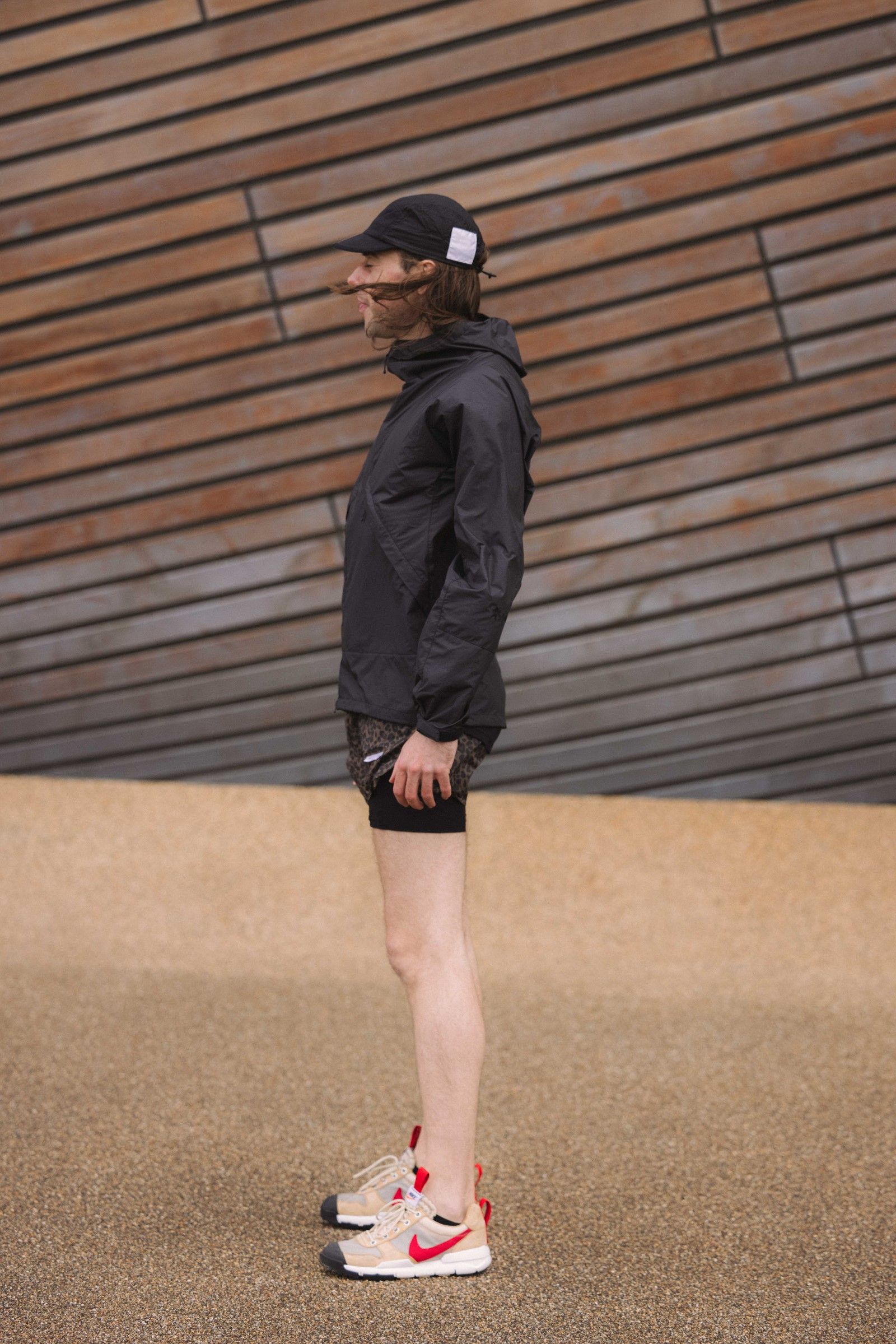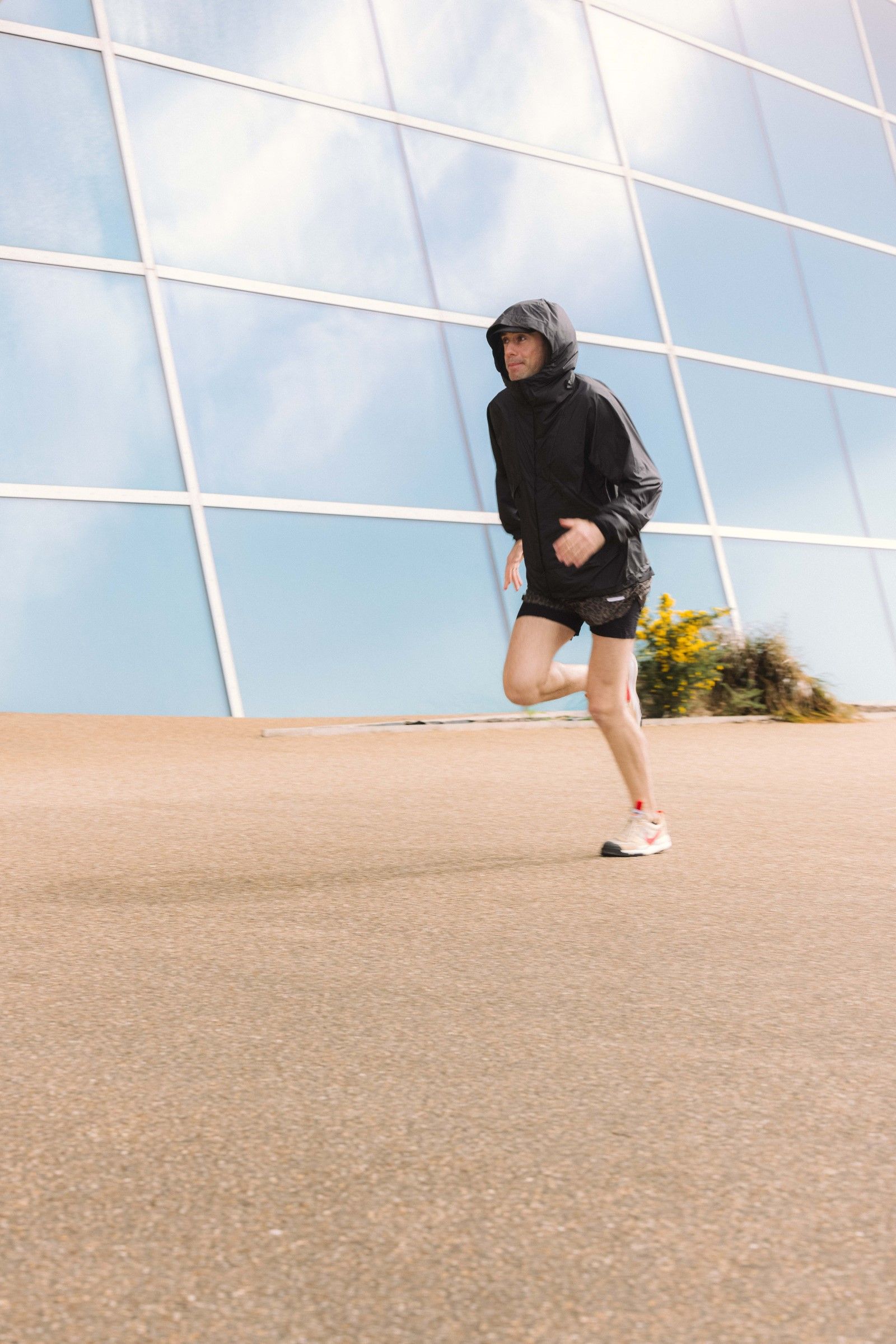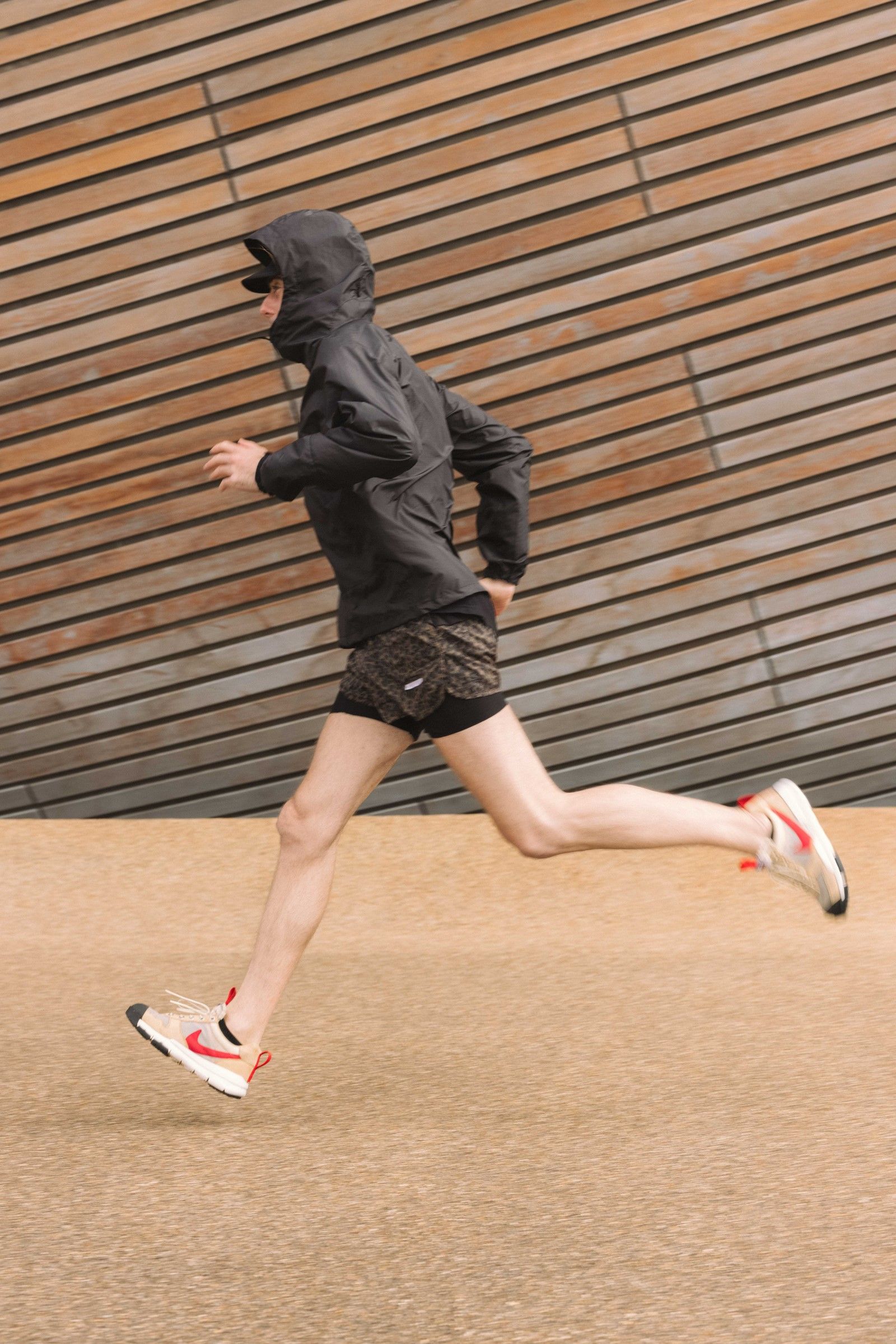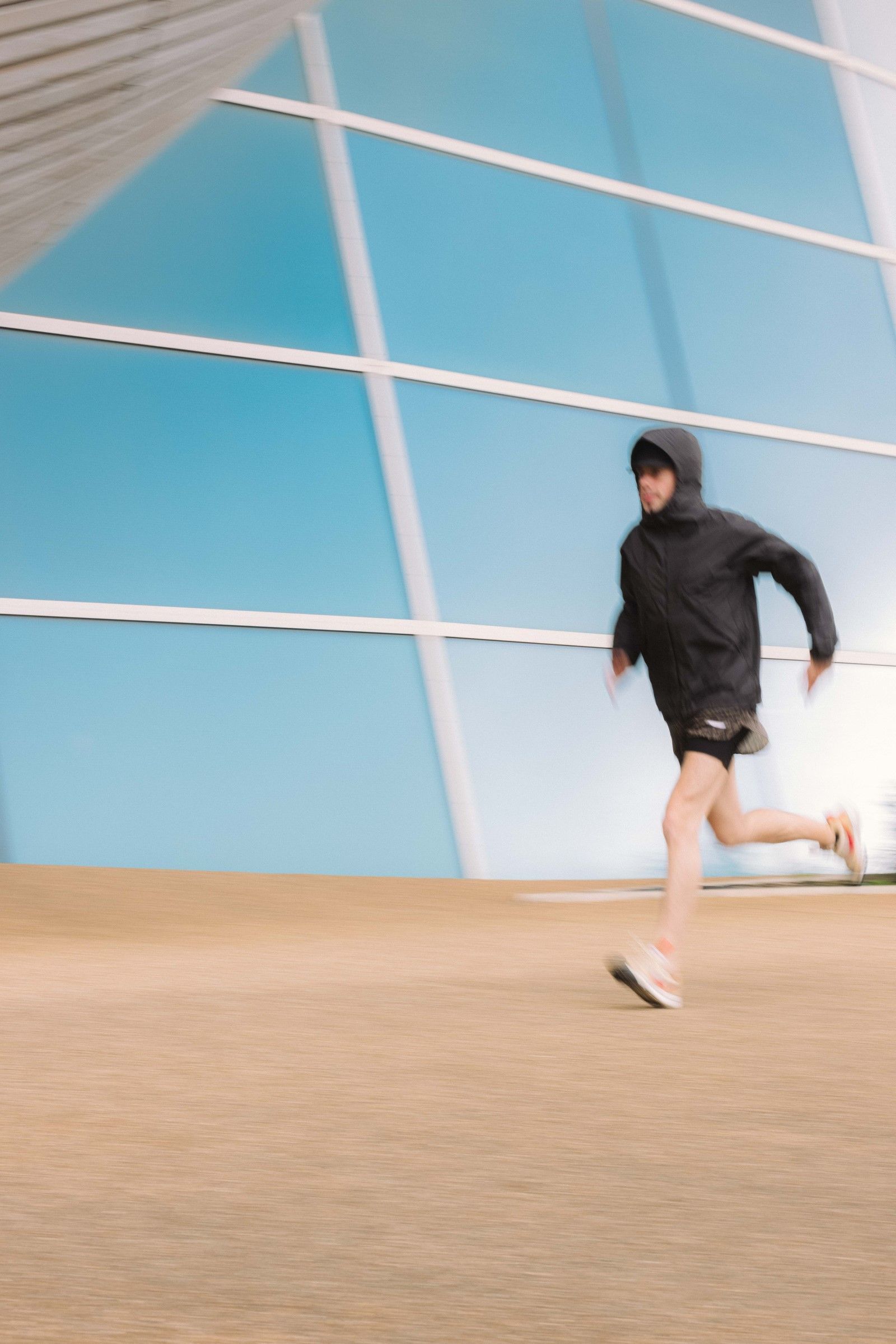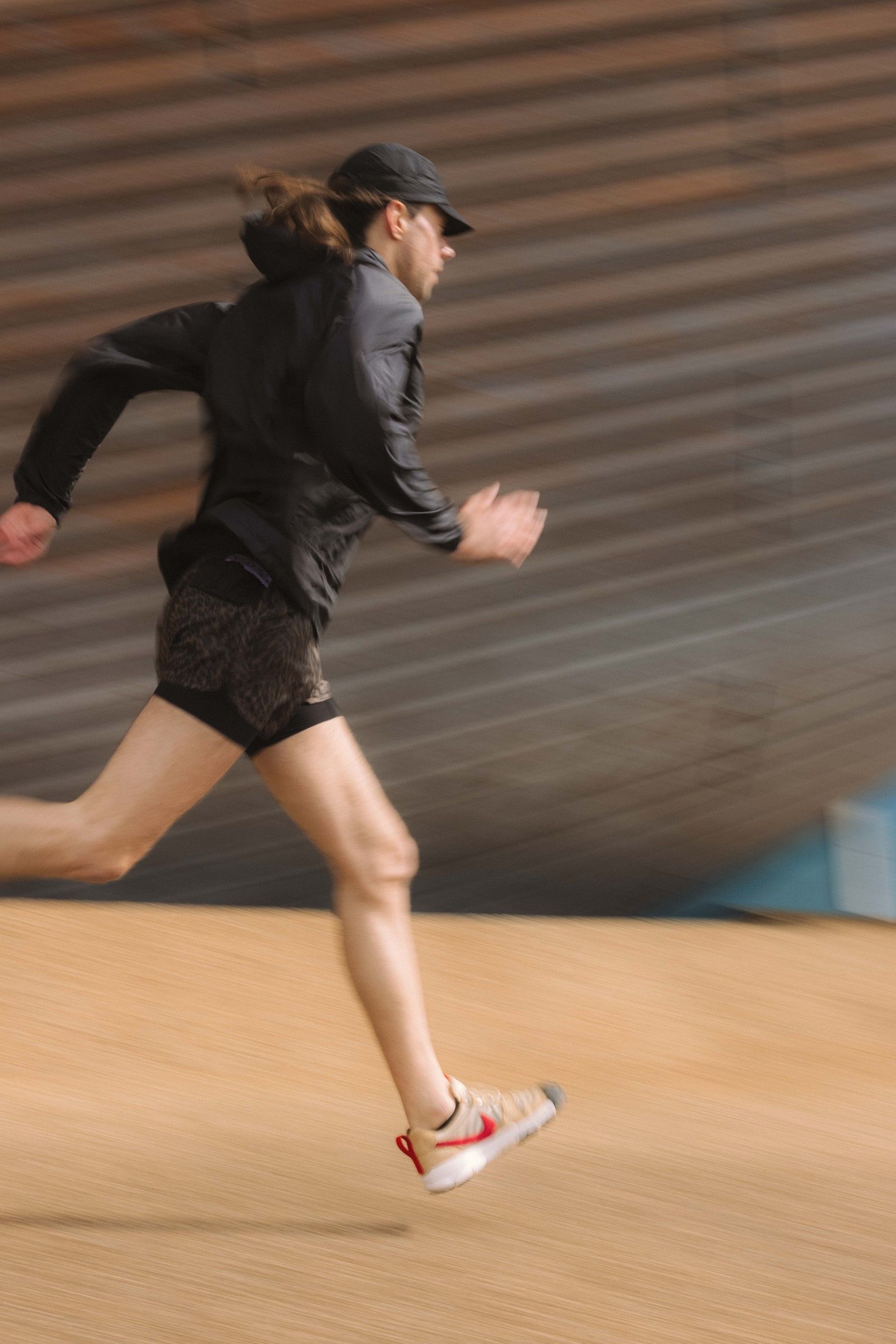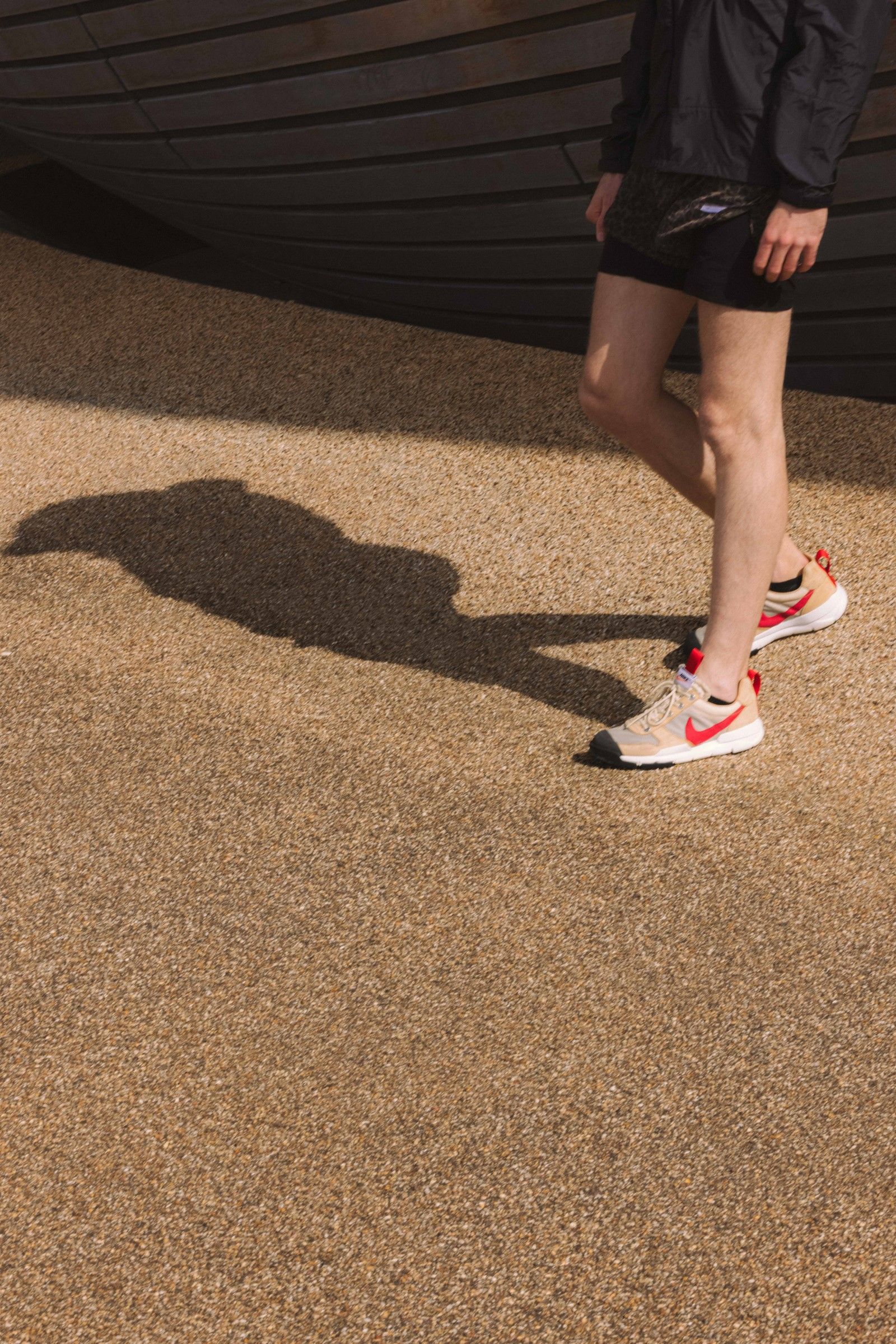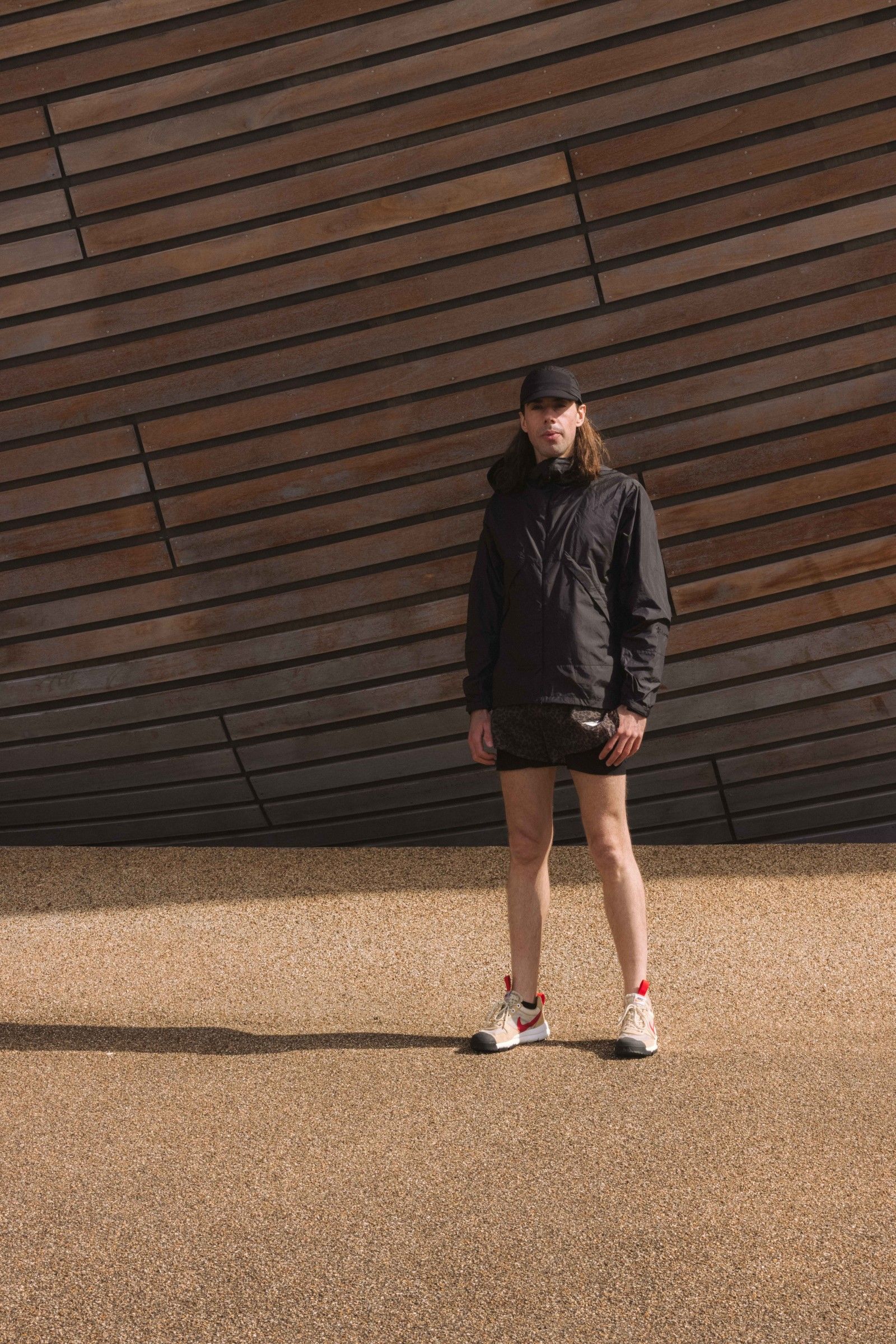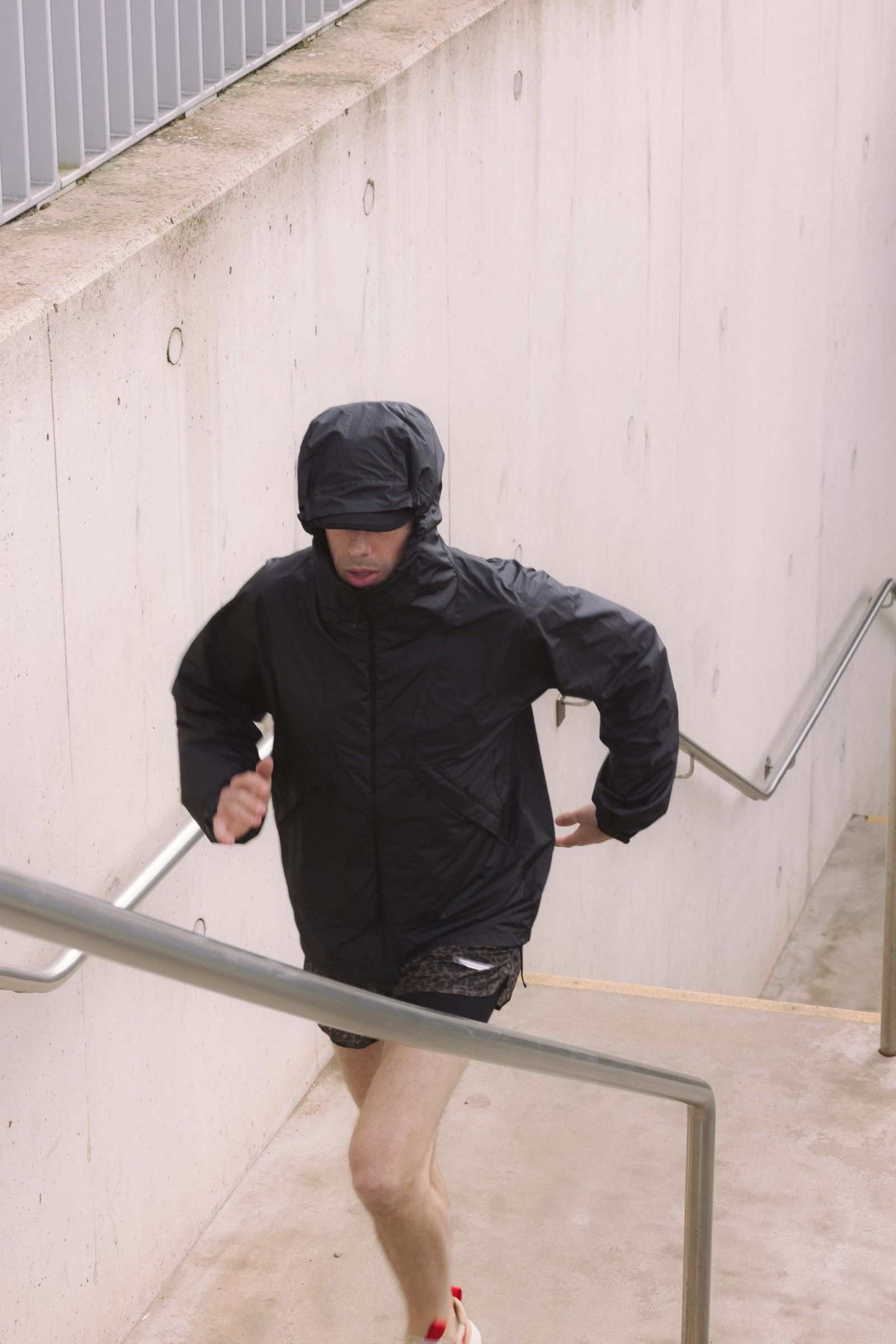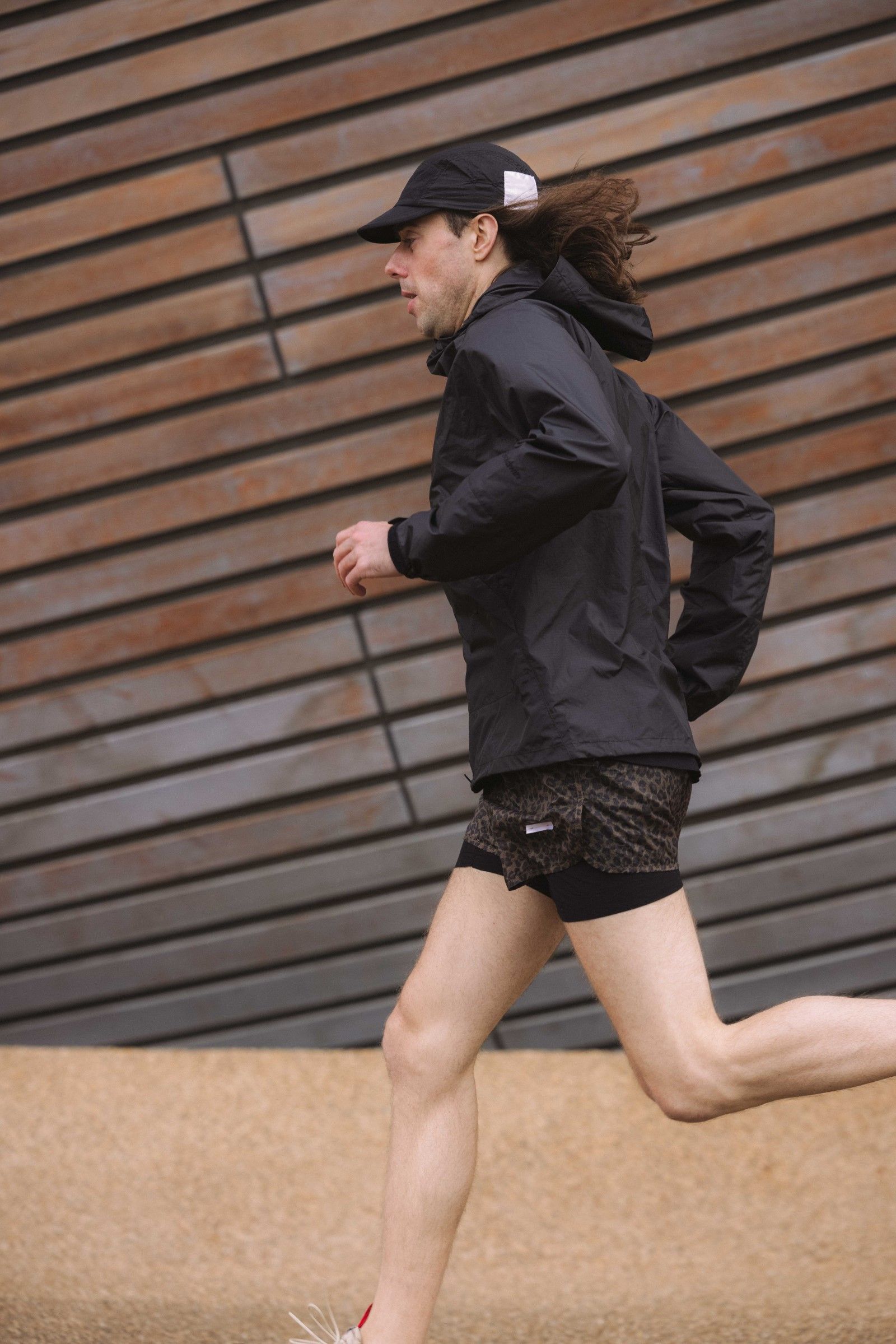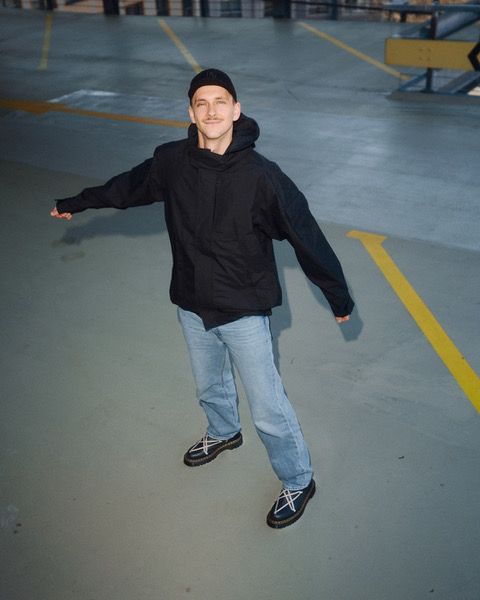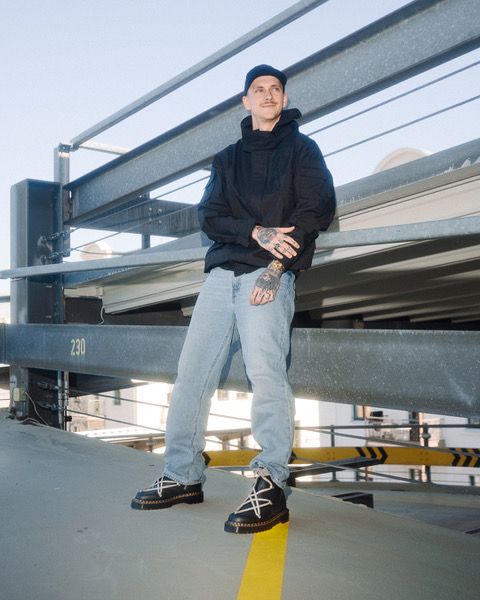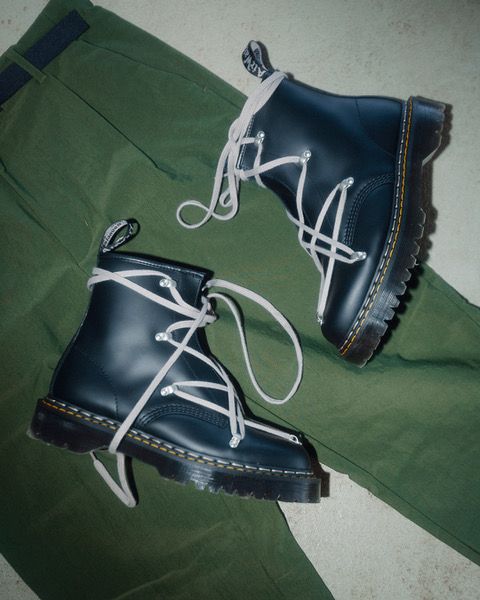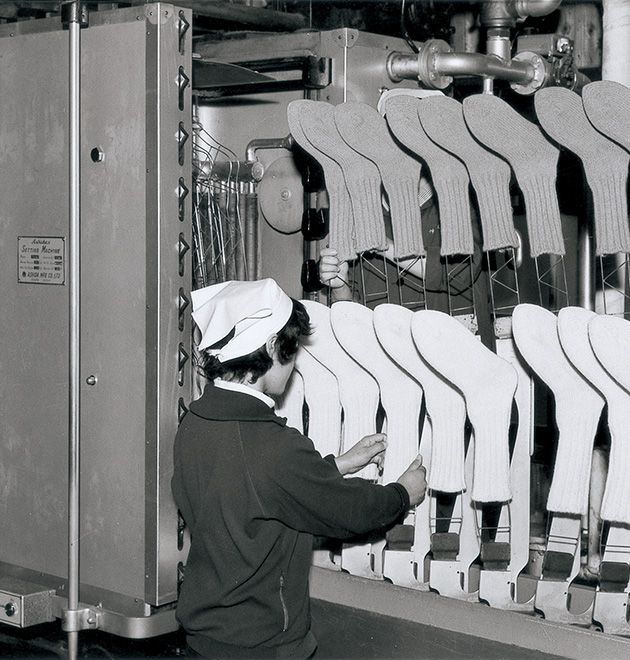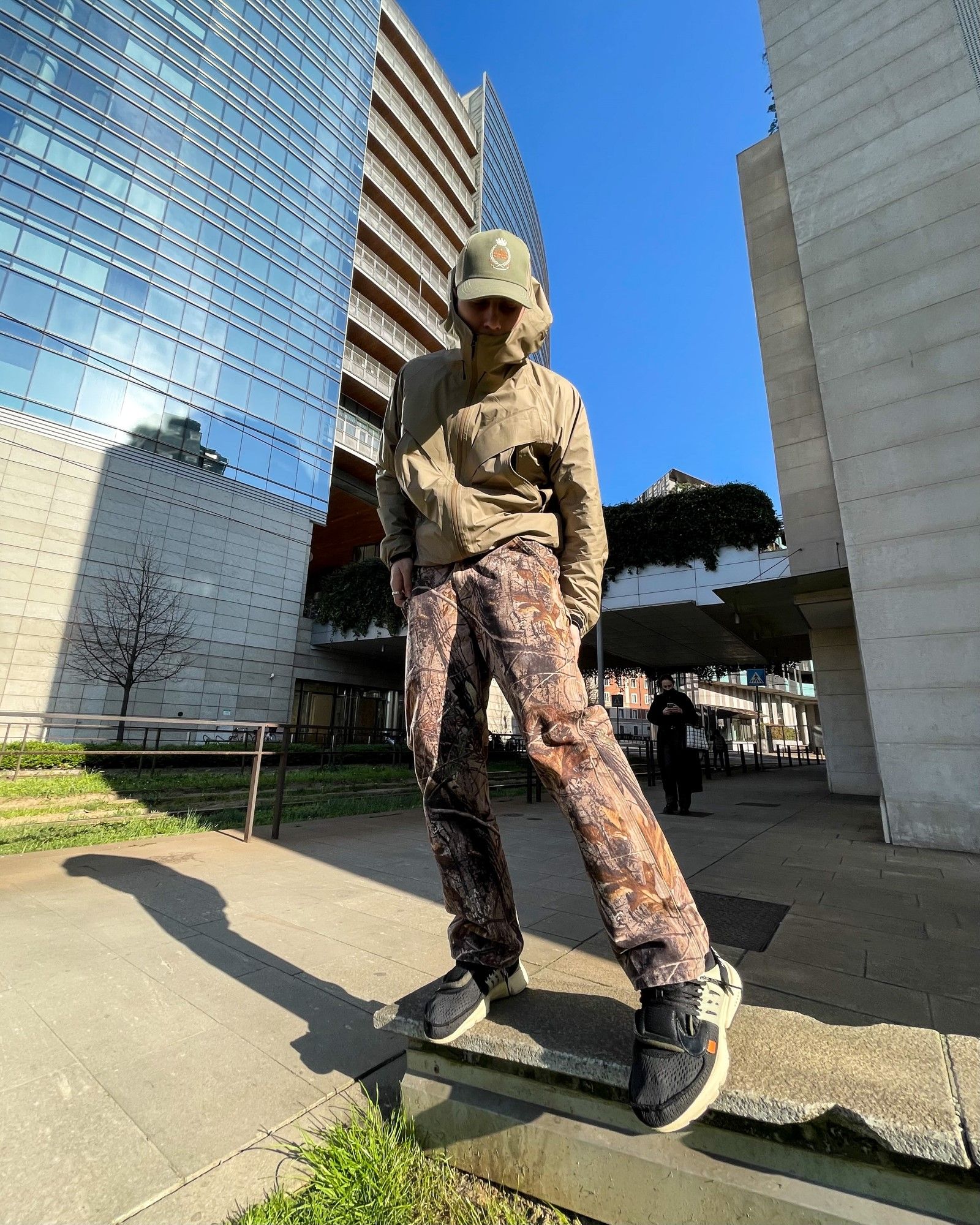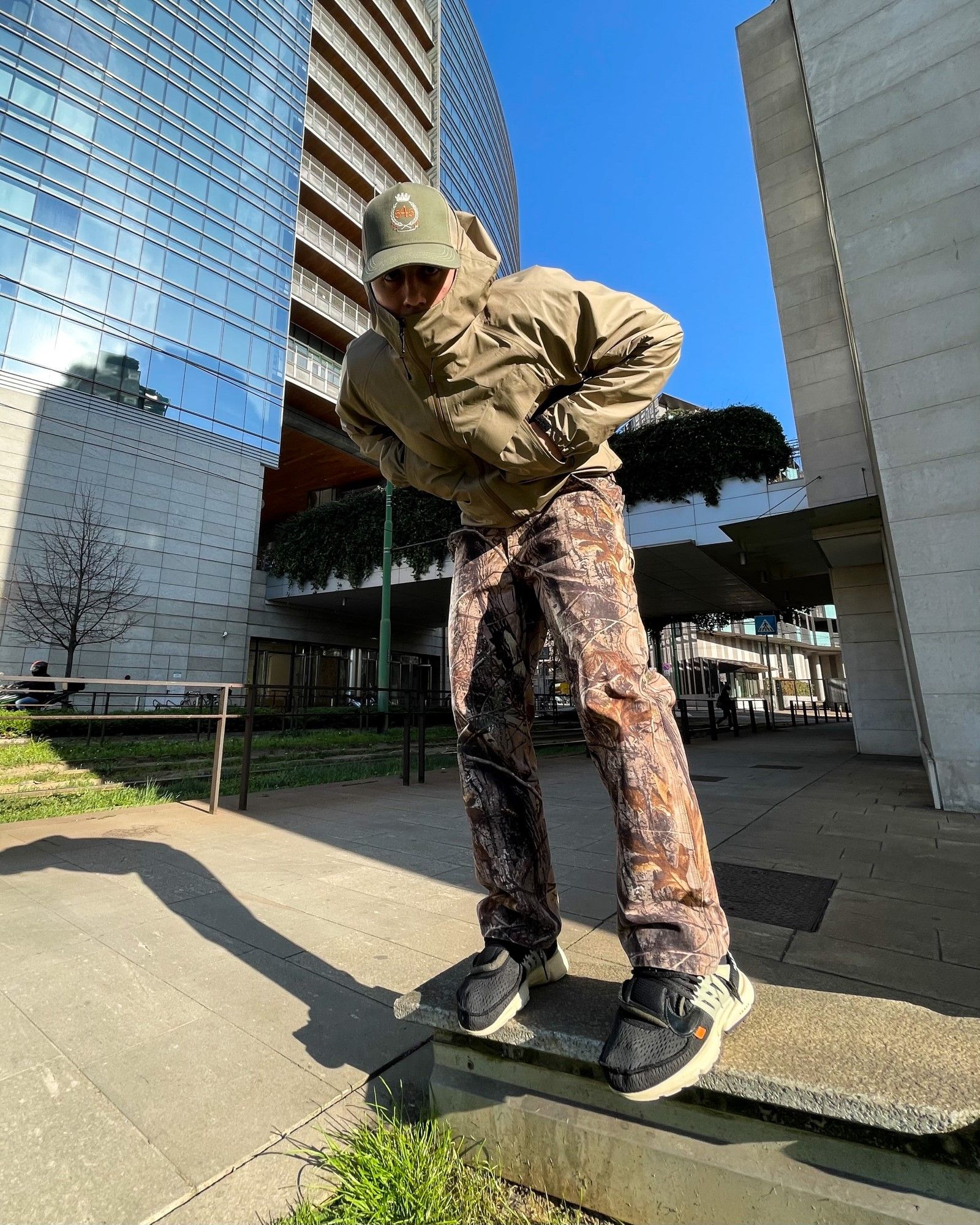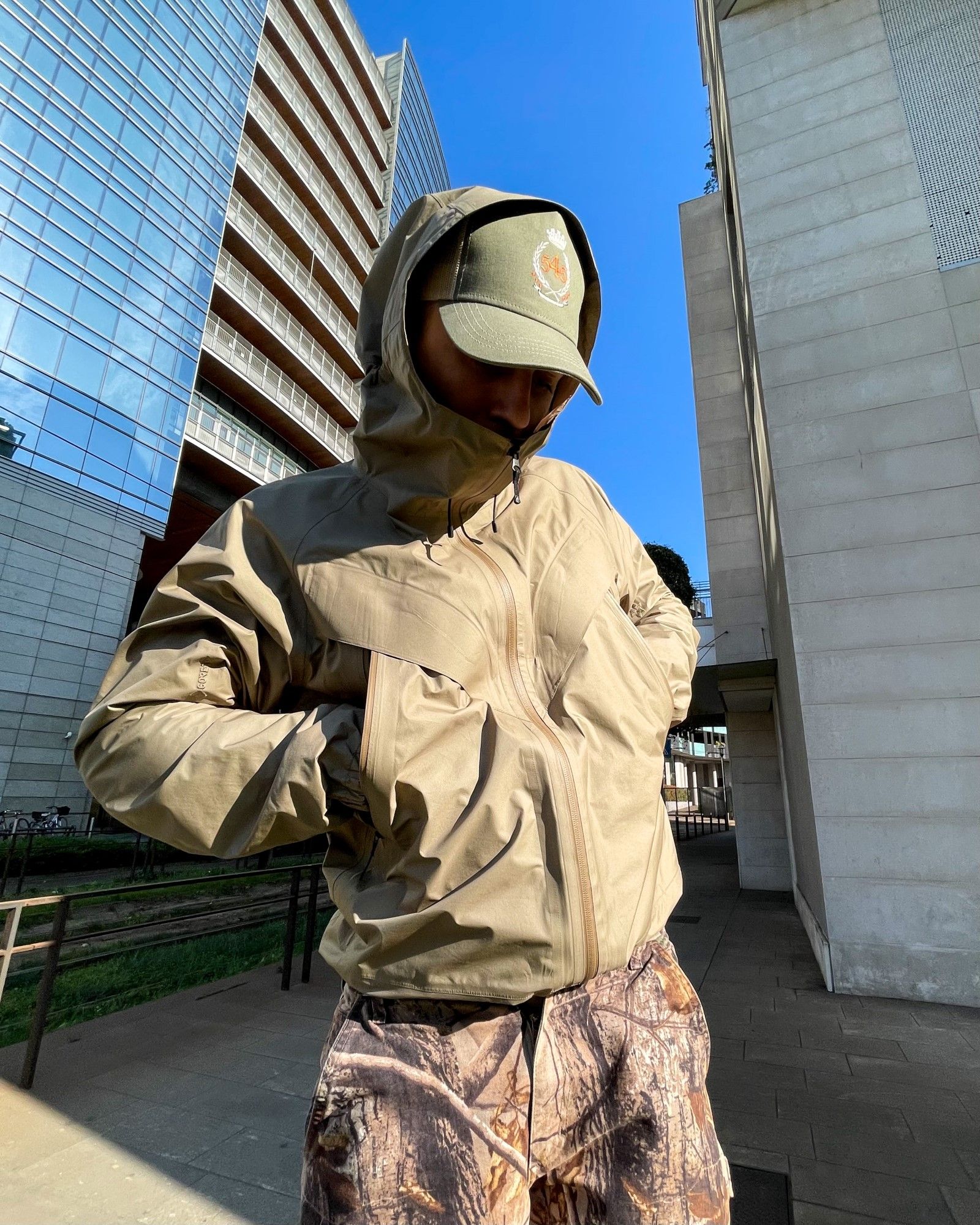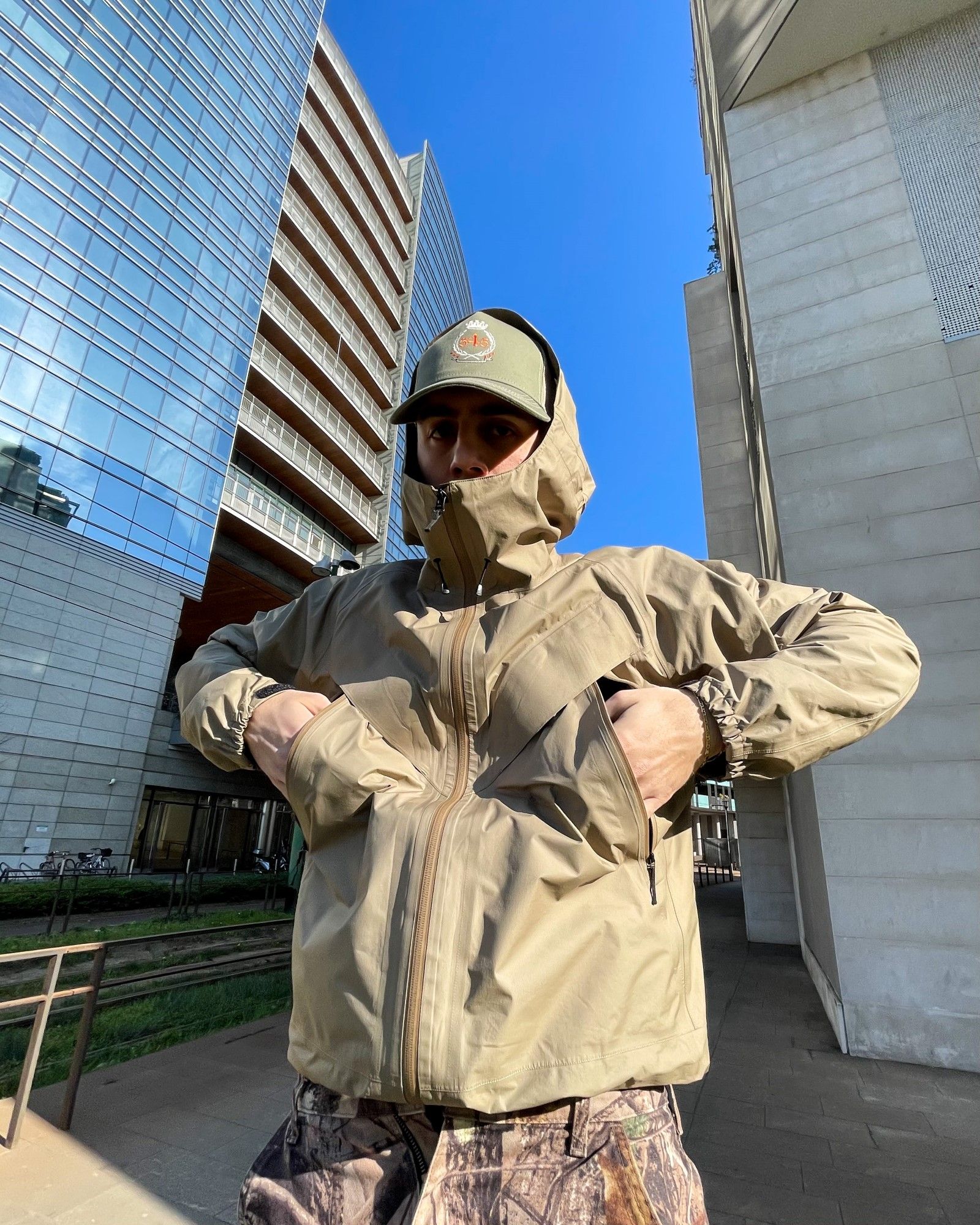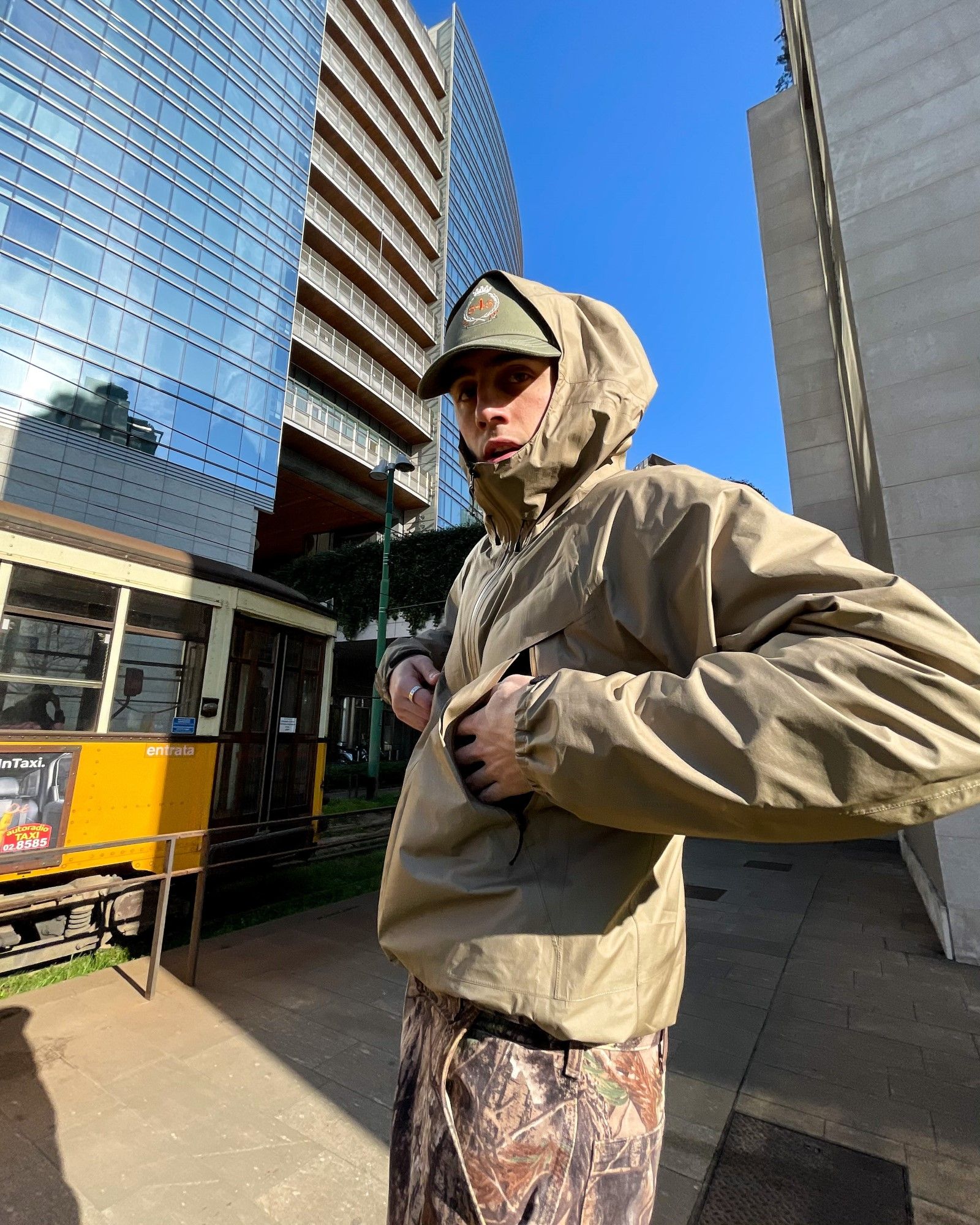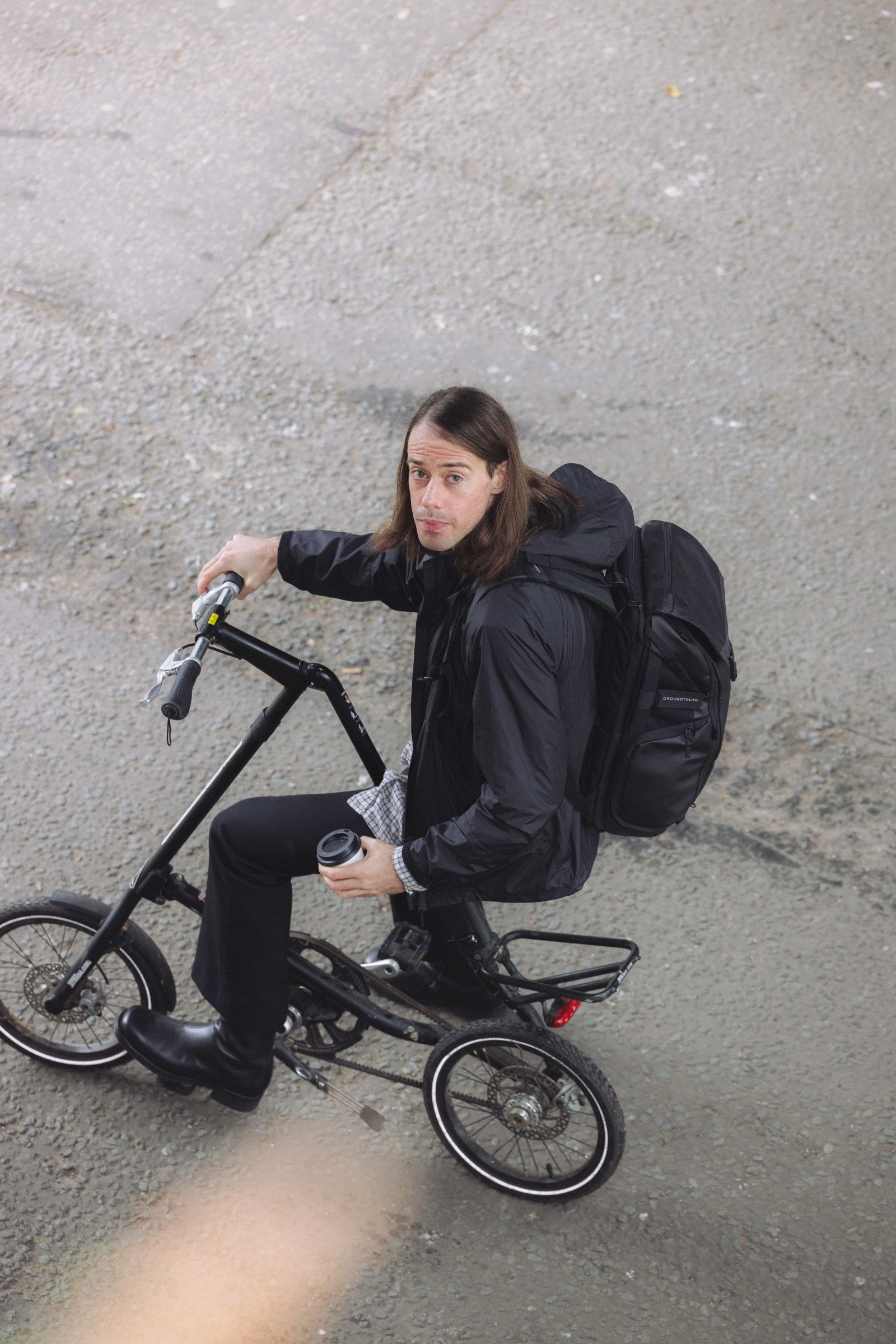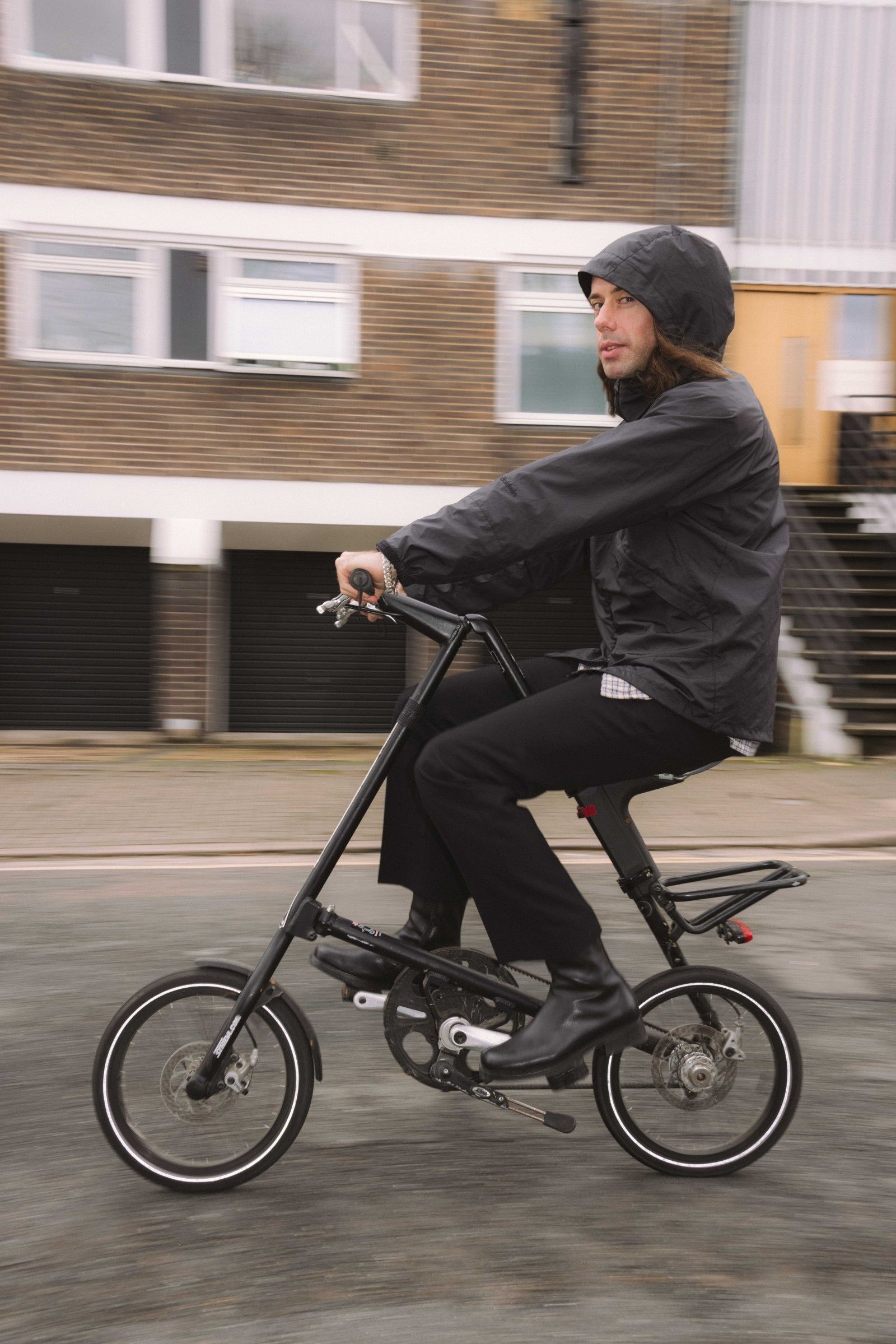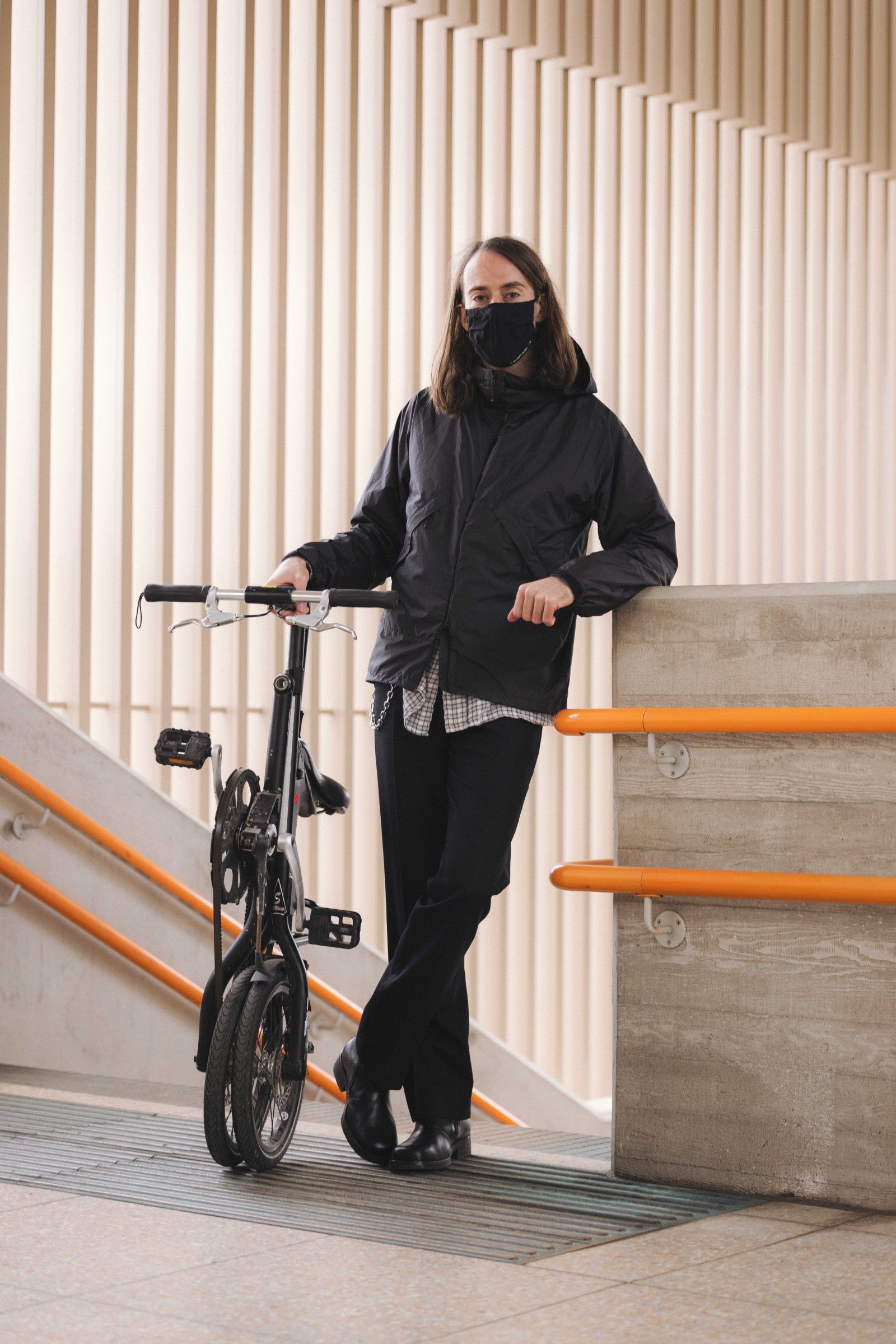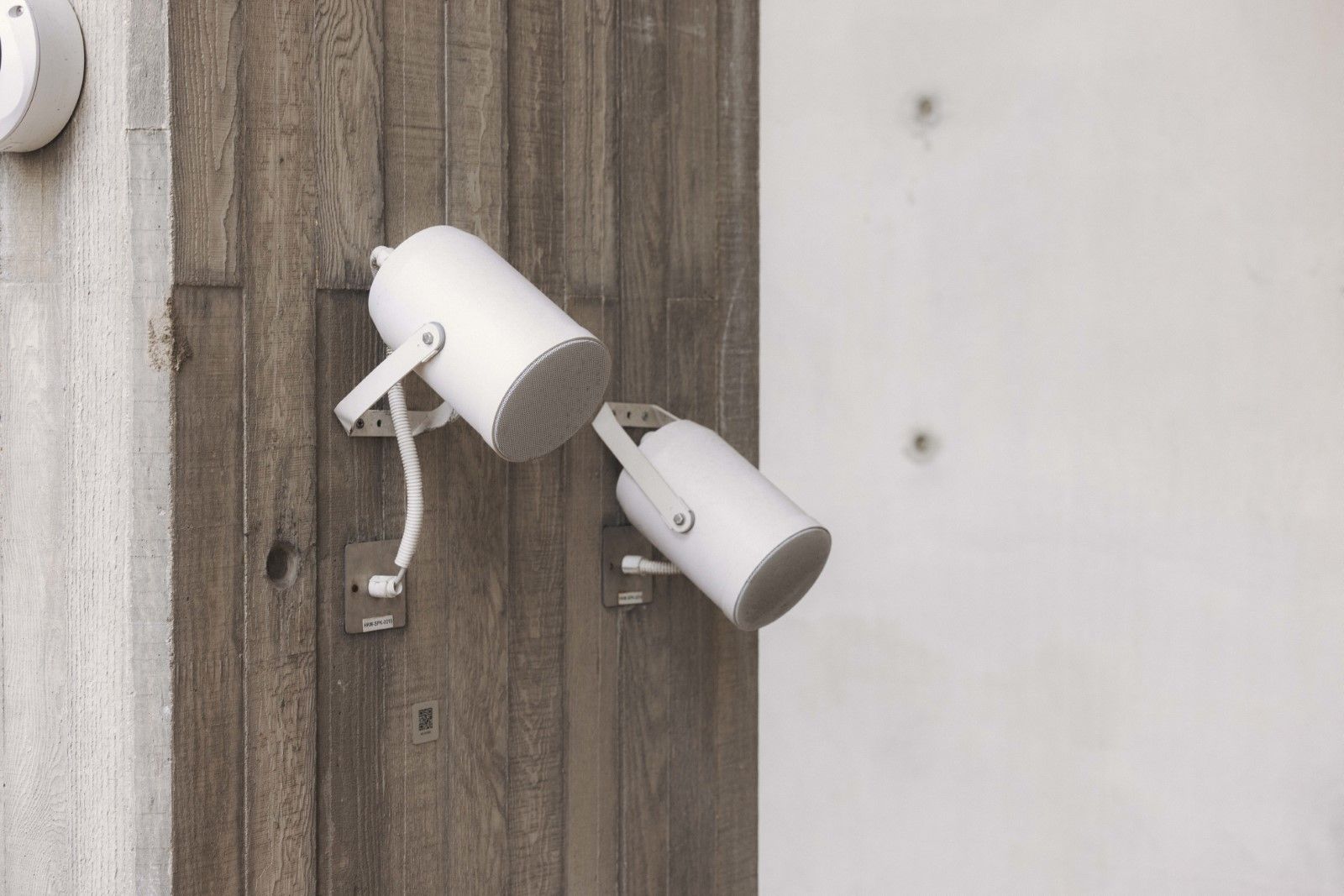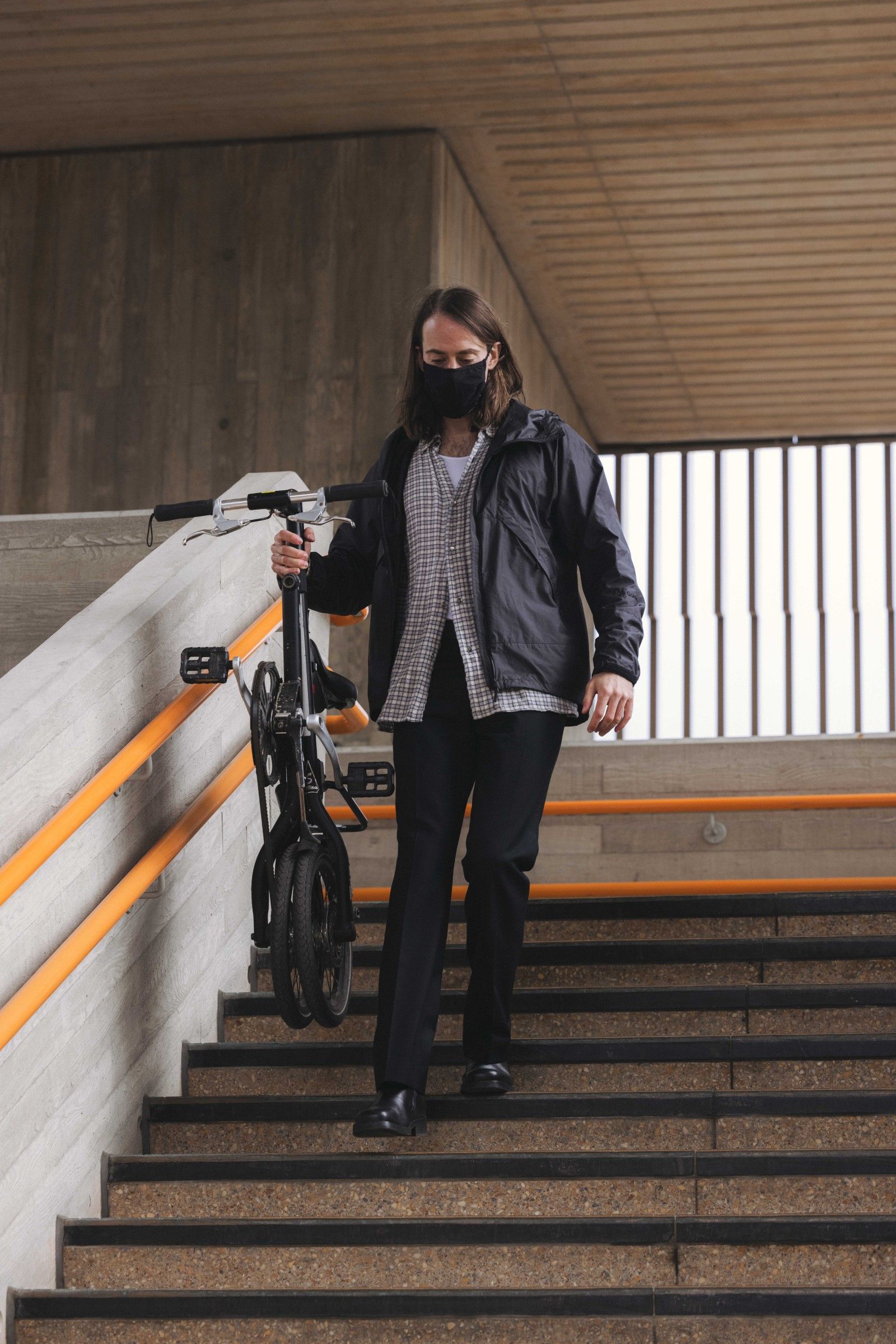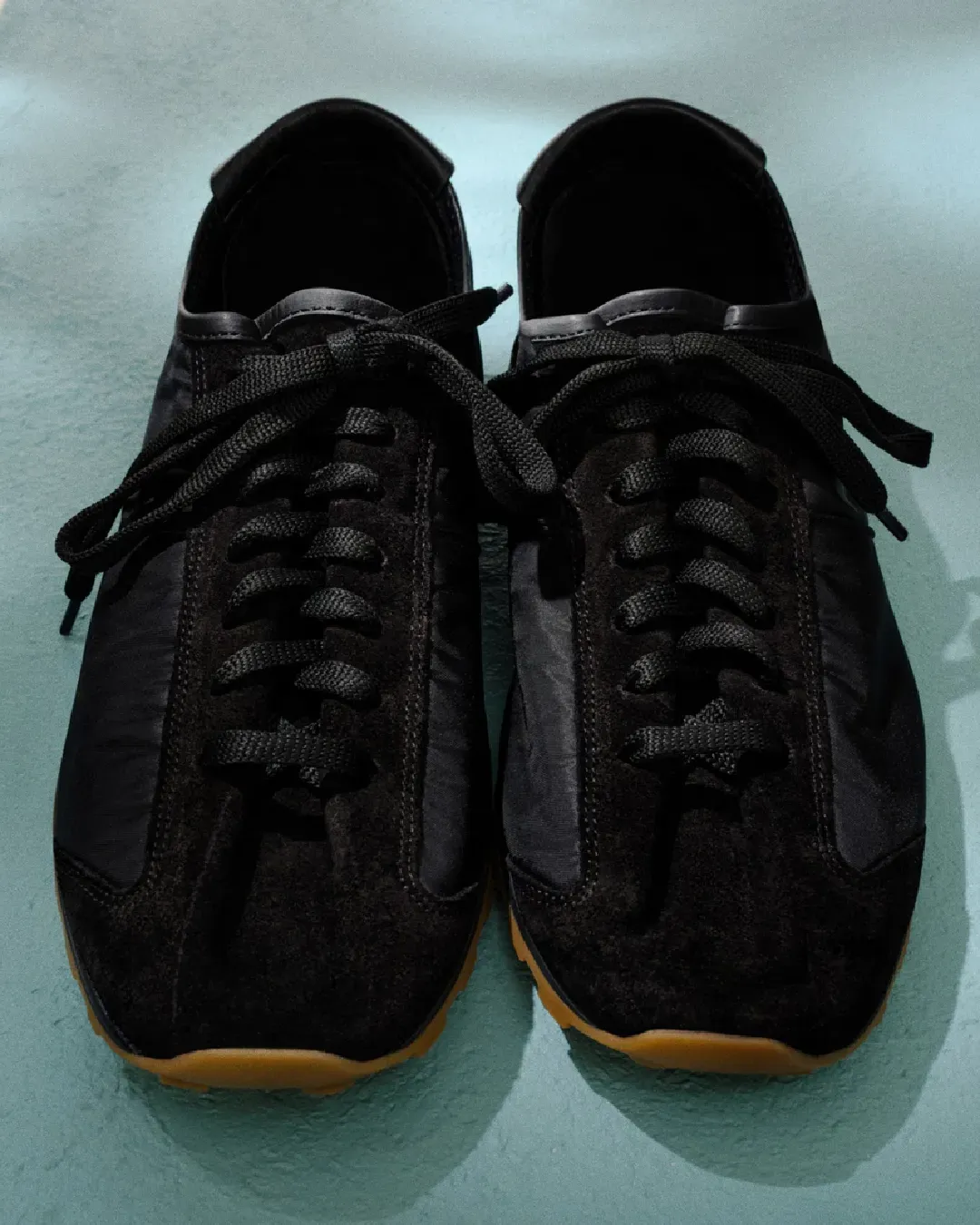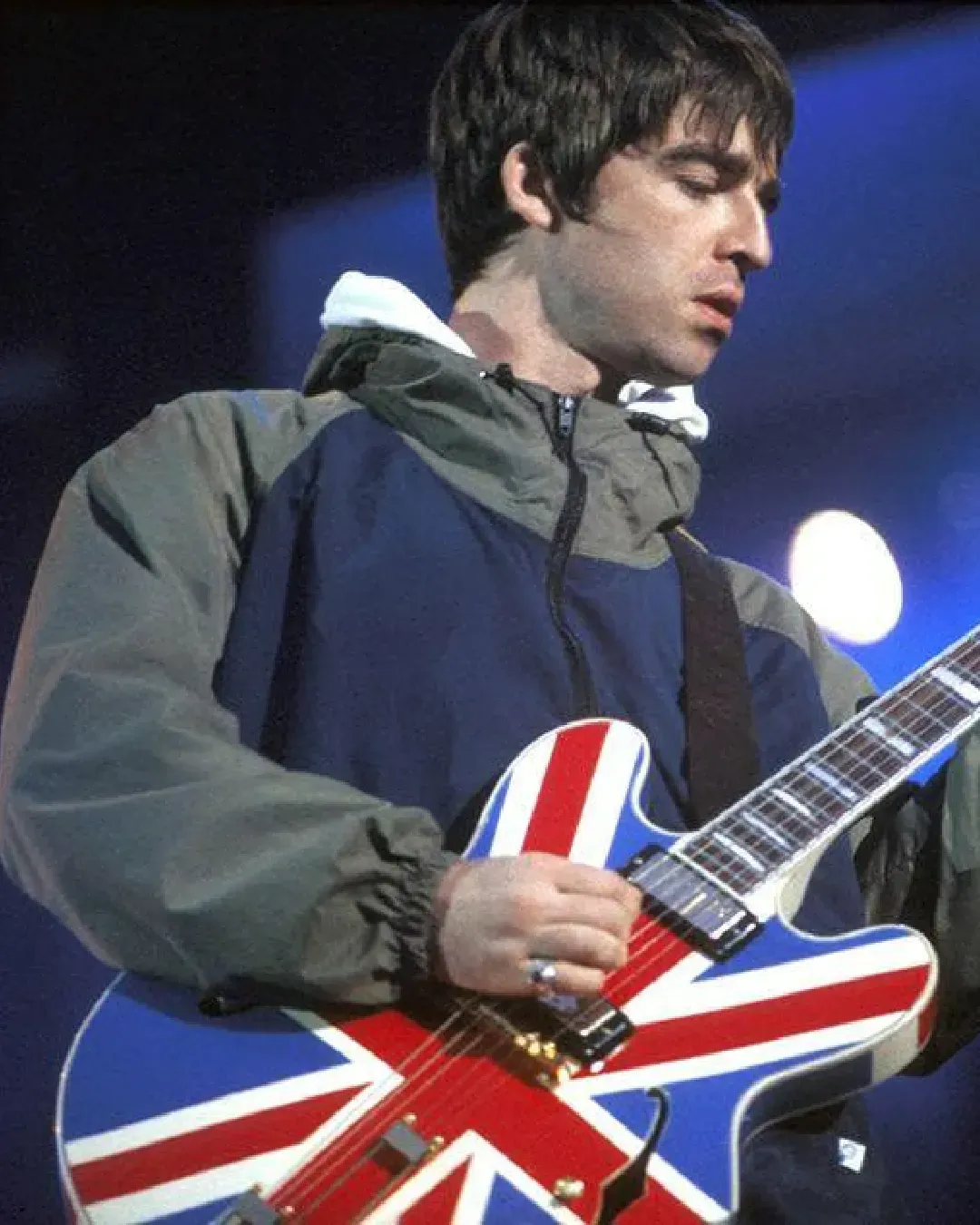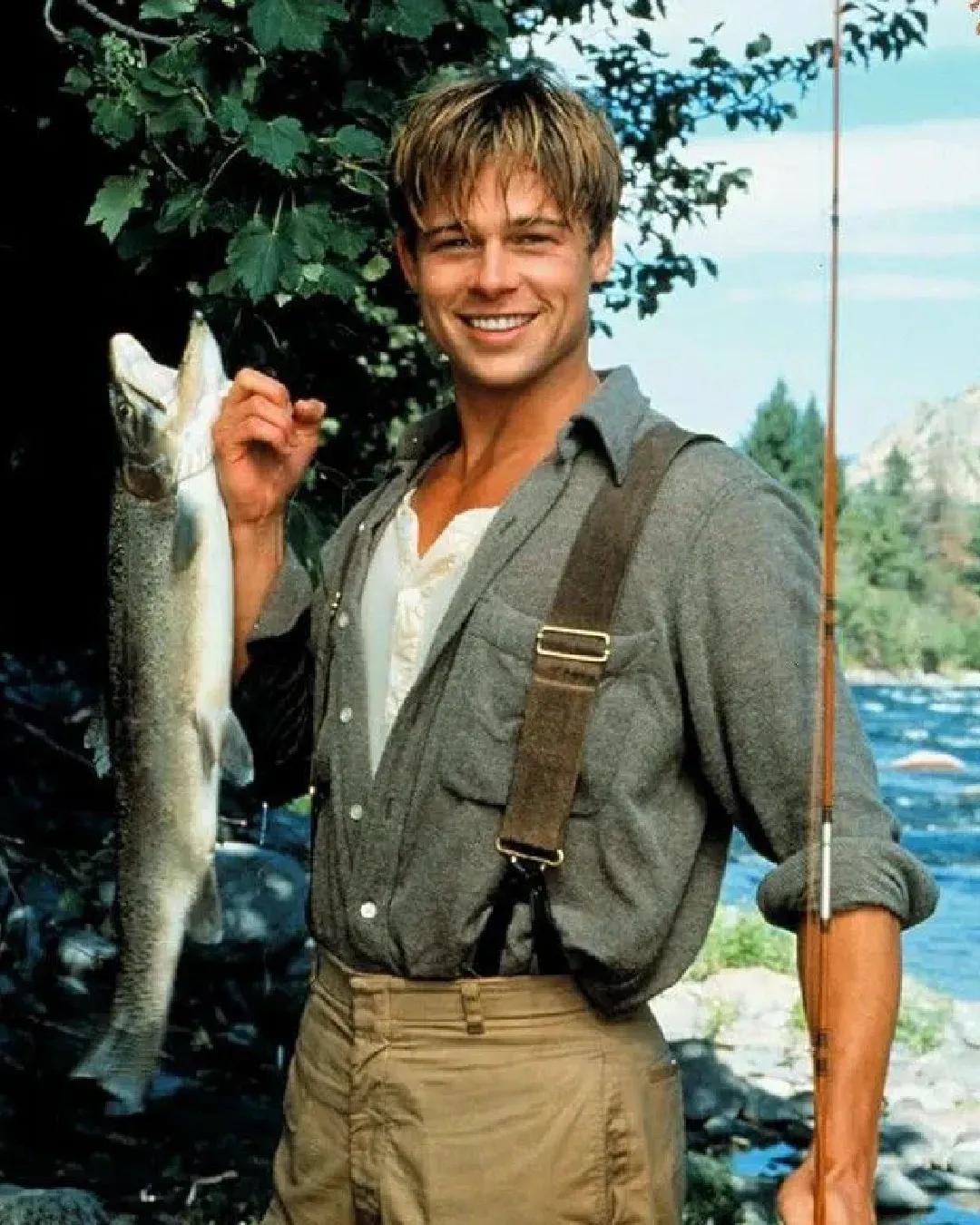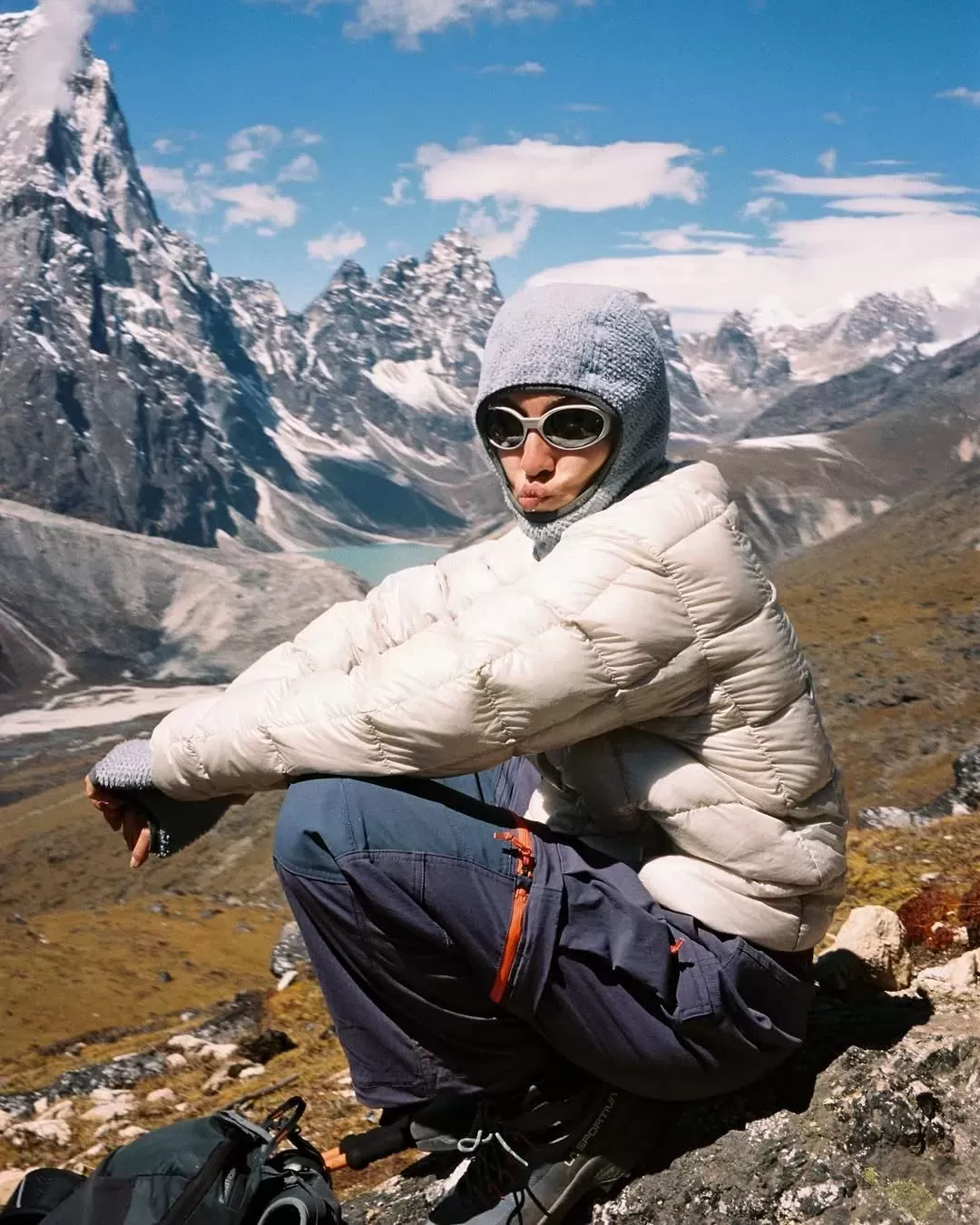
Goldwin: made to win Seventy years of history and three creators to tell the heritage of a legendary brand
From Olympic uniforms to clothing for Japanese astronauts on the International Space Station, Goldwin has become an international synonym for quality techwear not only in its native country but also in America and Europe. Over the course of seven decades of history Goldwin has been the main protagonist of the gorpcore movement in Japan: Goldwin company produces The North Face in Japan, owns the licenses of Woolrich and Helly Hansen in Japan and it is from the ranks of the company that Nanamica and The North Face Purple Label came out. It was inevitable that from such a story would arise a brand capable to succeed, unifying technical alpine performance with minimalist urban design.
To understand the importance of Goldwin it is necessary to retrace its history, but not just that: the success of the brand over the years has been decreed by the use that was made of it, its heritage is not a simple archive but something alive, a series of designs created to be lived in – and that is why, in the occasion of Earth Day 2021, the editorial staff of nss magazine asked three creators with different backgrounds to tell their experience with Goldwin and why, according to them, the brand is now more relevant than ever.
Goldwin's story
Goldwin company was founded in 1951 as the Tsuzawa Knit Fabric Manufacturer, a small factory in the town of Oyabe. Soon, however, founder Tosaku Nishida came up with the idea of producing sportswear, predicting an imminent boom in Japanese sports culture: the company became a pure sporting goods manufacturer and launched the original brand, Goldwin, in 1958. During the 1960’s, Goldwin applied the knitting technology acquired in the knit fabric manufacturing and developed ski sweaters with high functionality and sophisticated design, followed by a full range of skiwear, becoming soon synonymous of technical excellence, adopted by the best athletes in the world, among them the Swedish and British national ski teams.
In 1963 the company officially became Goldwin and already the following year the brand had already arrived to dress the Olympic athletes. In 1978 came the agreement for the distribution of The North Face which, years later, would lead to the birth of The Purple Label. In the 1980s production differed along with licenses: dance clothing, sailing apparel and motorcycling clothing. The 1990s were instead those of the great international expansion, which continued with new partnerships (the most important with Speedo). From 2010 onwards, Goldwin entered the American market, expanded its trademark brands and rights while increasing its sustainability efforts. In 2015 it started a partnership with biomaterial innovator Spiber, with a shared mission to reduce the fashion industry impact on the environment with innovative biobased solutions; together they launched the new Brewed Protein fiber, a biopolymer produced through a microbial fermentation process that uses plant-based materials, realising in 2019 the first parka ever made with this technology and in 2020 the first knitwear garment.
But, as we said, Goldwin’s heritage exists and lives in the present: the brand’s philosophy itself is based on continuous progress, on looking at the past without ever dwelling too much on it. With the extensive experience of developing high tech and performance ski wear, Goldwin started then to create a full outdoor, lifestyle and athletic collection, merging the most advanced manufacturing technologies with the Japanese clean and minimal design, attention to detail and uncompromising performance. In 2017 has been established the advanced R&D facility “GOLDWIN TECH LAB” in Toyama, to strengthen and promote technological innovation capacity, where many of the Goldwin garments are developed and tested to meet the highest excellence standards. In other words, to describe the history of the brand today you do not have to look at the data but listen to the living voice of those who use it. That's why, just in time for Earth Day 2021, we asked Samuel Trotman, aka @samutaro, Luca Santeramo and Willy Iffland to describe Goldwin's heritage and culture in their own words.
Samuel Trotman (@samutaro)
2019 and 2020 were two years in which the gorpcore trend exploded. What was its role in fashion?
Gorpcore had been a movement we had been tracking since 2017, and it has continued to become even more popular over the past couple of years as people seek out more functional clothing that serve them both in the city and time spent outdoors in nature. This hasbeen a huge opportunity for heritage brands like The North Face, Patagonia, Salomon andArc'teryxreaching an audience outside of their traditional customer base, but also fashion brands have been capitalising on the movement too with technical-inspired looks and collaborations with these iconic brands.
Do you think that the rediscovery of heritage brands and vintage design that took place with gorpcore has brought more attention to fashion?
For sure, I think the movement of gorpcore has placed a greater focus on quality, durable garments that can withstand the test the time and provide function and performance to everyday life. Fleece vests, giant puffer jackets, durable raincoats, all-waterproof-everything, velcro accessories, velcro sandals (with socks), un-ironic and useful outdoor wear... the list goes on. It’s been interesting to see what was once the uniform of the daggy dad become fetishised by mainstay of young men and women today. It’s normal now to see some-one like Frank Ocean pull up to fashion week in an Mammut jacket and Arc’teryx beanie.
When did you first discover Goldwin and what impressed you the most?
I think the first time I discovered Goldwin was via the I Go Out section at Pitti Uomo in Florence, which is an area dedicated to outdoors style and influence of technical wear in the menswear market. What impressed me the most is how they integrate technical design with everyday lifestyle. Their fabrics functional enough to withstand extreme climates but they look stylish enough that you can wear it around the city. I think today consumers demand more from their garments and they want them to be able to perform in different environ-ments as we're constantly on the move.
How did the brand achieve its current cult status?
I think with such a longstanding history in ski-wear and technical apparel Goldwin has always remained highly progressive with its commitment to developing innovative fabrics and dedication to sports. They’re truly dedicated to making the best technical garments possible with the most advanced manufacturing tech-nologies available today, but they also understand how to apply it to lifestyle collections, in the clean, mini-malist design aesthetic, that people love about Japanese design. These elevated and aspirational designs really offers a unique point of view against the American brands in the market which is why I think Goldwin is becoming so popular right now.
Samuel wears the Goldwin Rip-Stop Light Jacket.
Luca Santeramo (@sante)
What fascinates you most about techwear aesthetics?
Comfort, style, aesthetics, lightness. It's like wearing an extra layer without even hearing it. I'll be honest, I'm new to this techwear world, but I can't wait to take advantage of it because I feel great.
How do you interpret urban outdoor in your personal style?
As you see in these photos, I try to balance the outfit with respect to the Milanese area where I want to make my content, or choosing the items based on where I have to go. What interests me is to create harmony between the fit and the surrounding place.
Which item from Goldwin's SS21 collection did you choose and why?
I chose the GORE-TEX Spur Mountain Jacket in clay beige coloring. I love the construction and especially the tones of the earth, I have already worn it ten times. I'd say I'd be very happy with the choice I made, I'd do it again 100 times. But every now and then I find myself thinking about the black colorway as well.
Luca wears Goldwin GORE-TEX Spur Moutain JK.
Willy Iffland (@willy)
What fascinates you most about techwear aesthetics?
To be honest, I have to say that I've been a bit slack on the topic of techwear for the last few years, and asa result I've lost sight of its immense potential. I love it when functionality can look good and that's the reasonwhy I like to style pieces in my outfits.
How do you interpret urban outdoor in your personal style?
For me, urban outdoor is the successful mix between streetwear and functionality, locations for shooting and the general look & feel. Shooting and styling techwear in a way you might not expect and thus creating new incentives.
Which item from Goldwin's SS21 collection did you choose and why?
I am a big fan of the Hooded Over Jacket because it combines everything. Functionality, style and everything around it. And the quality is absolutely on point. My favourite piece from SS21.
Willy wears Goldwin Hooded Over Jacket and One Tuck Tapered Stretch Twill Pants.









































